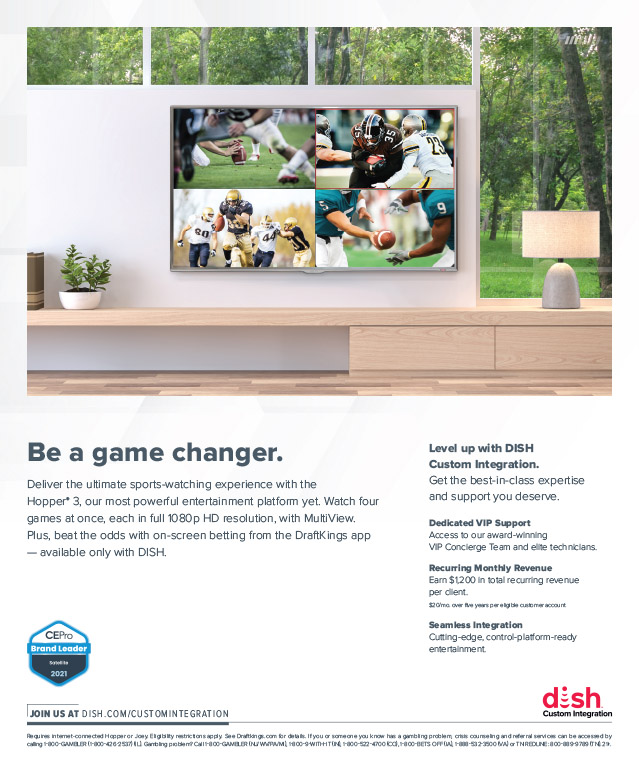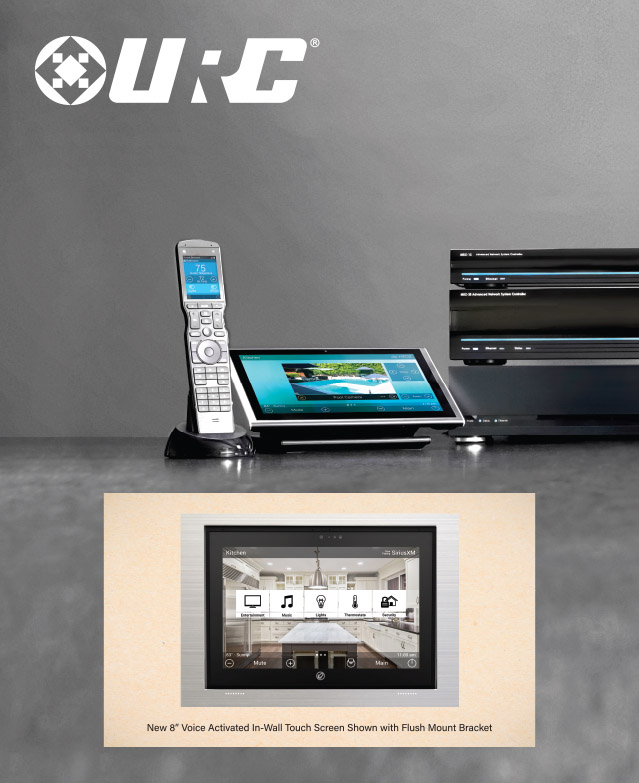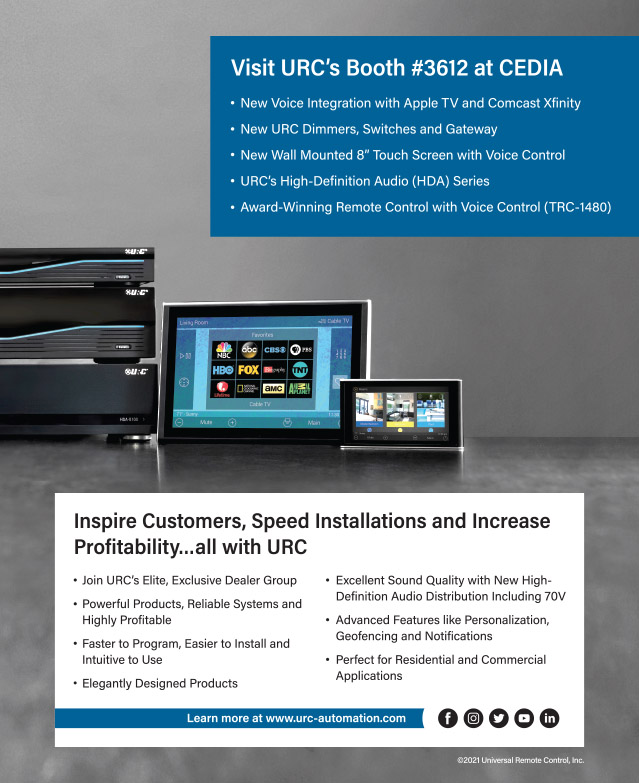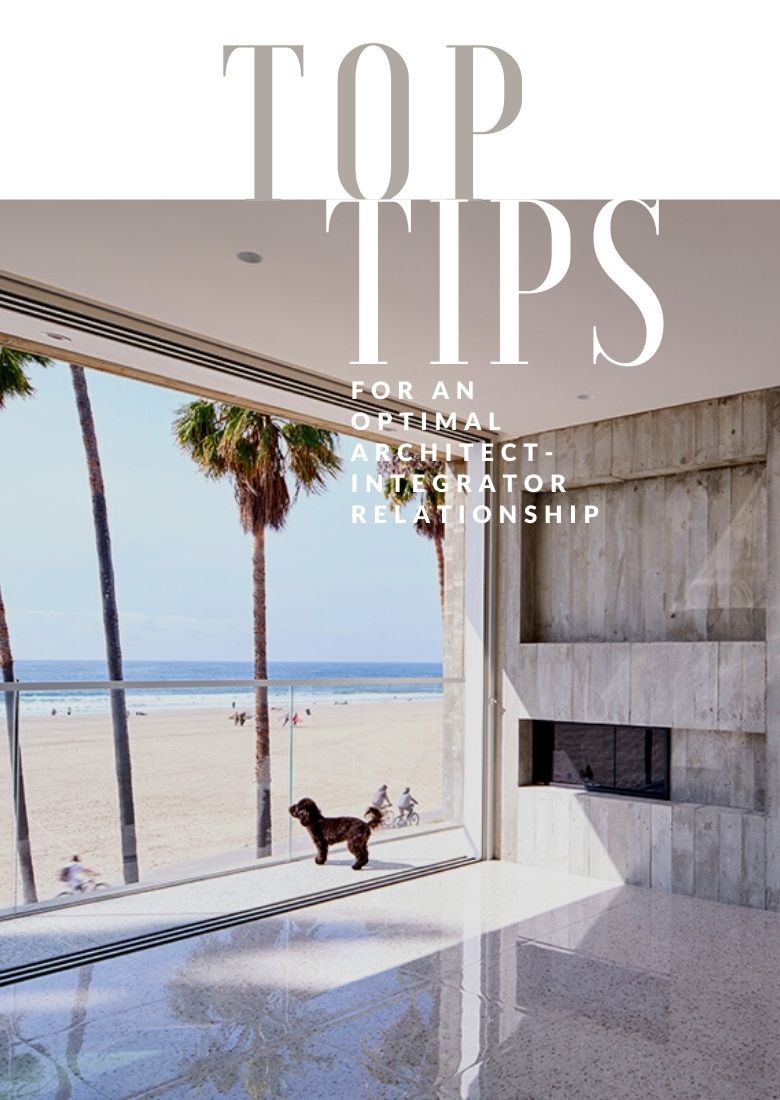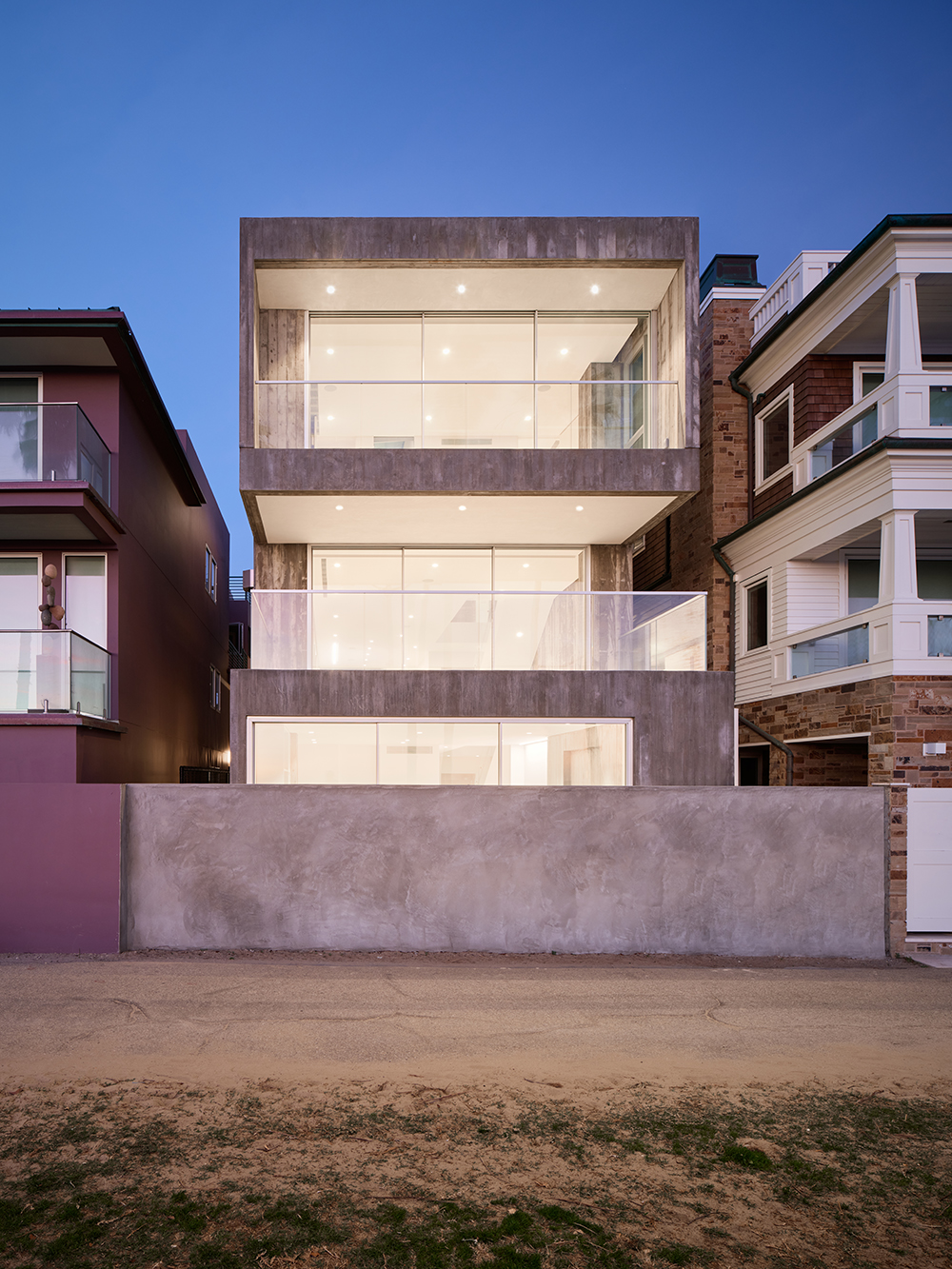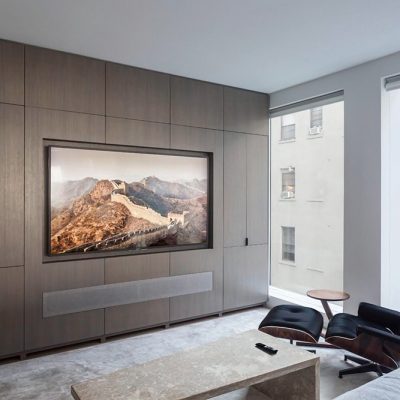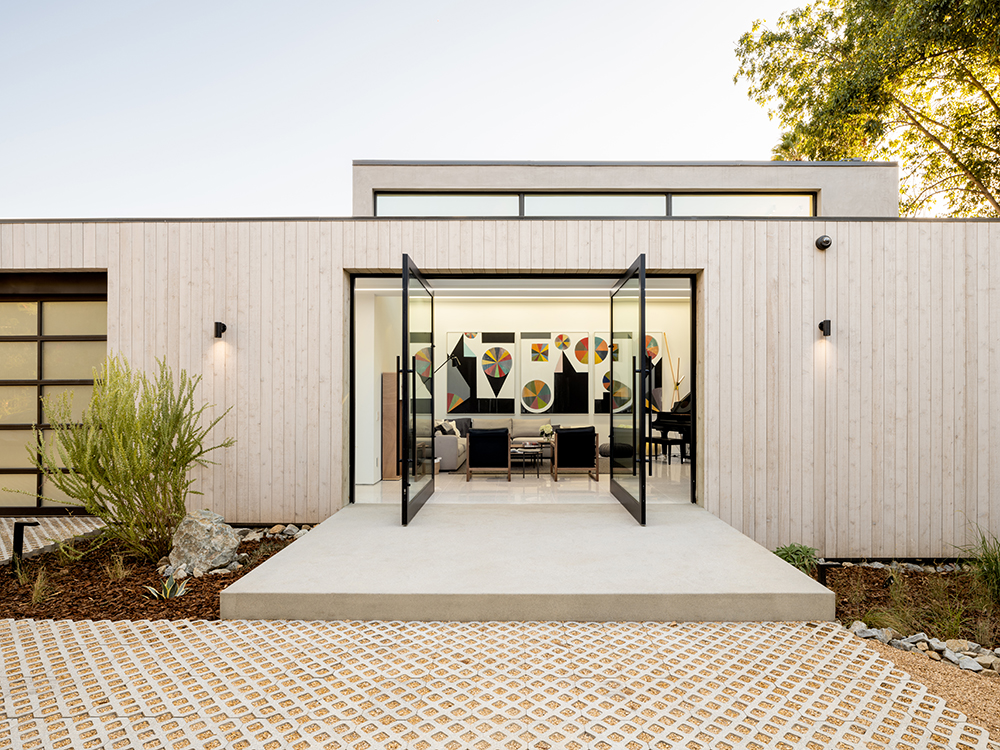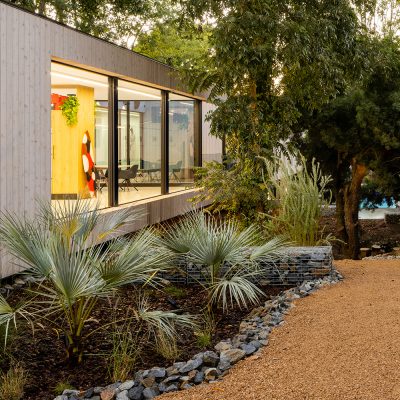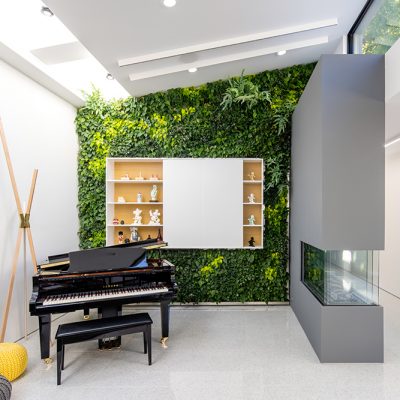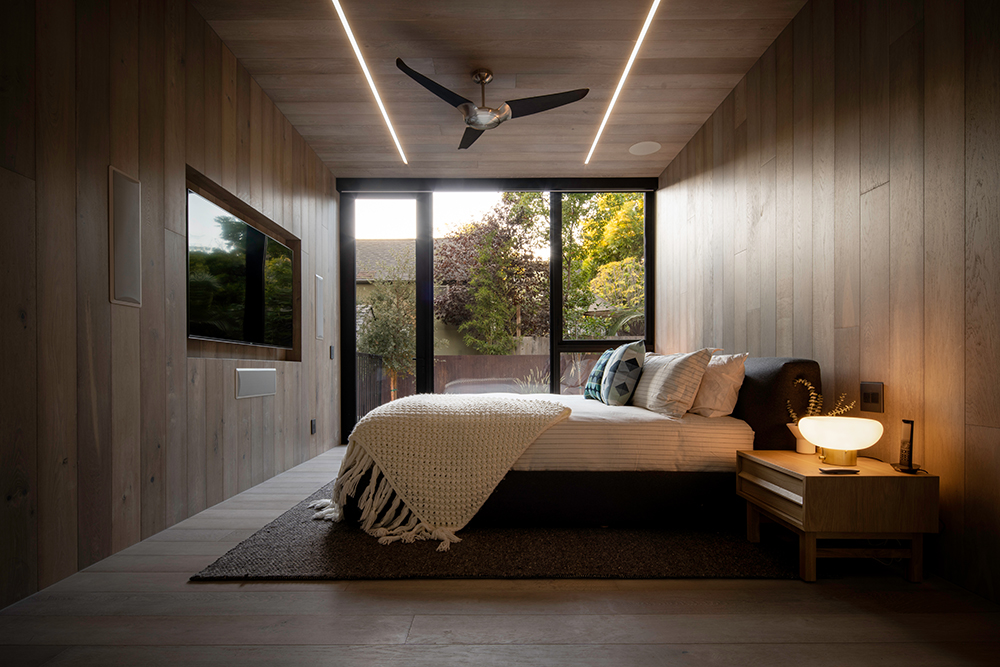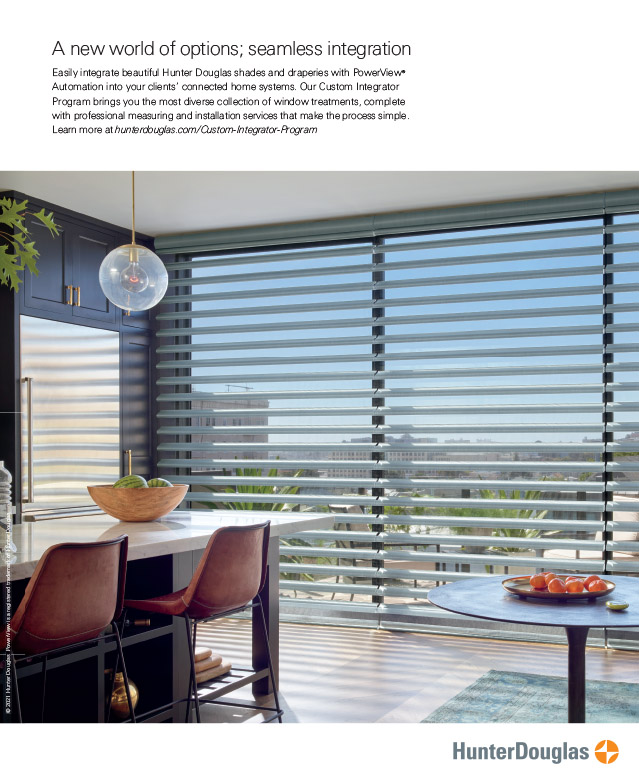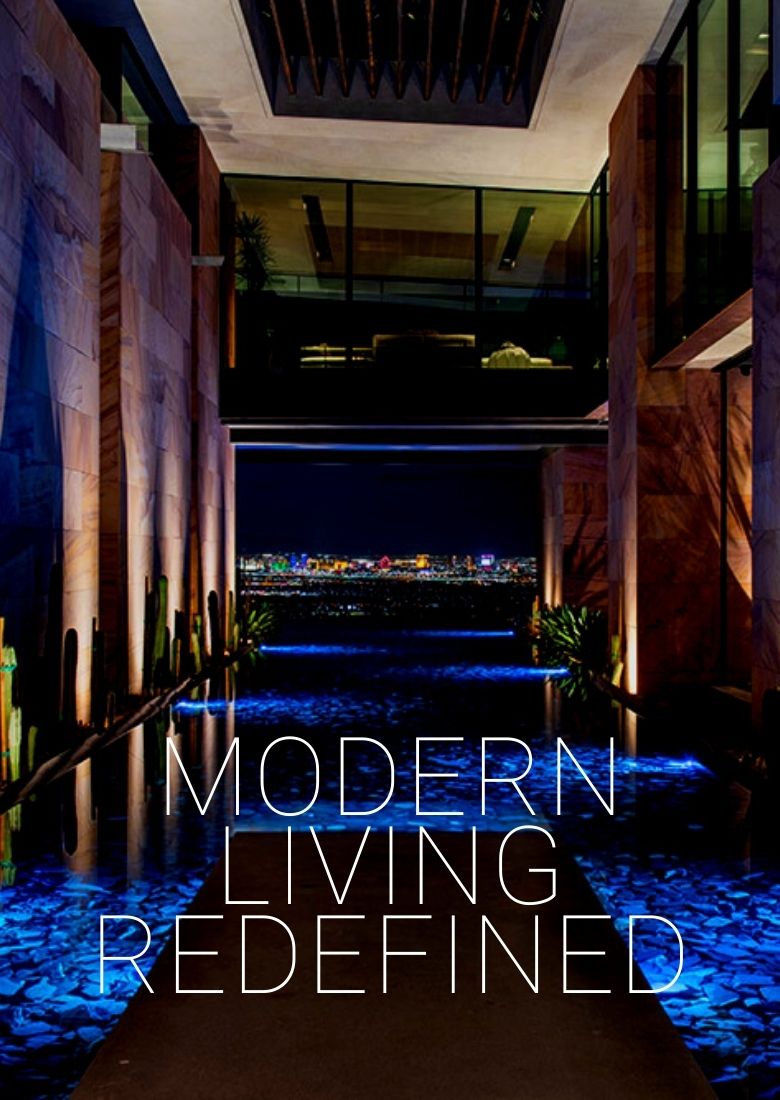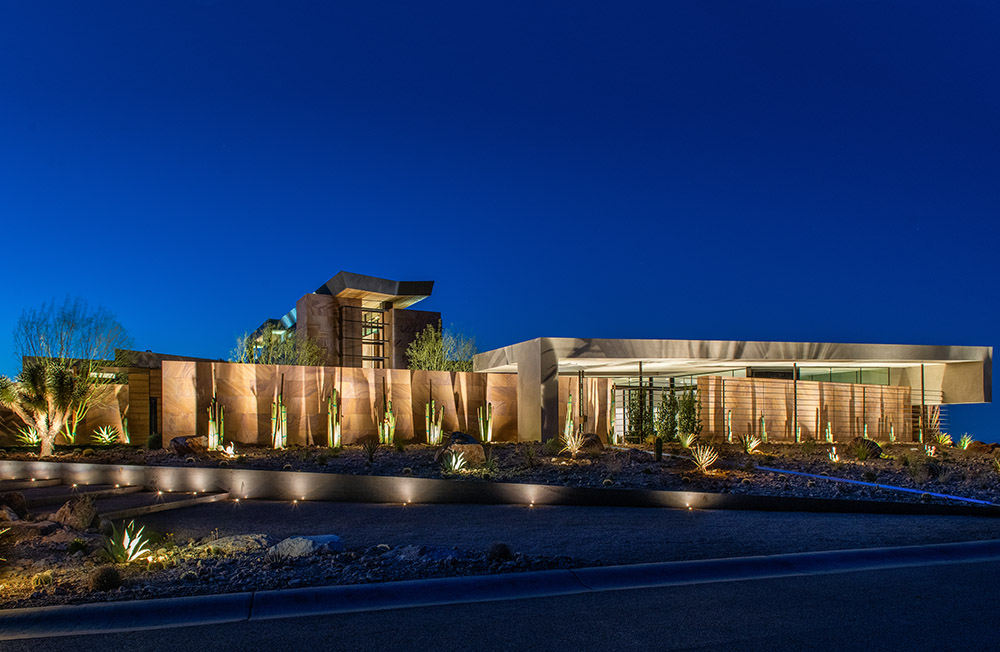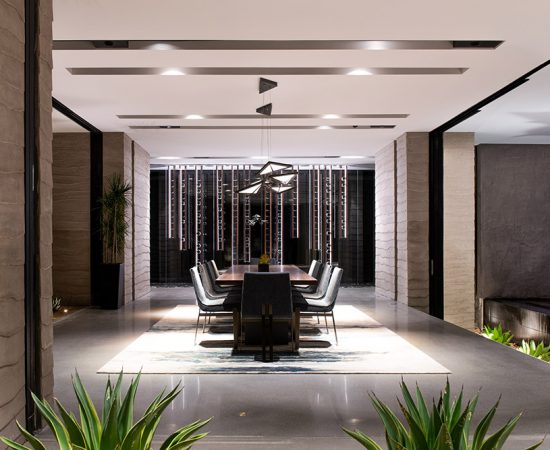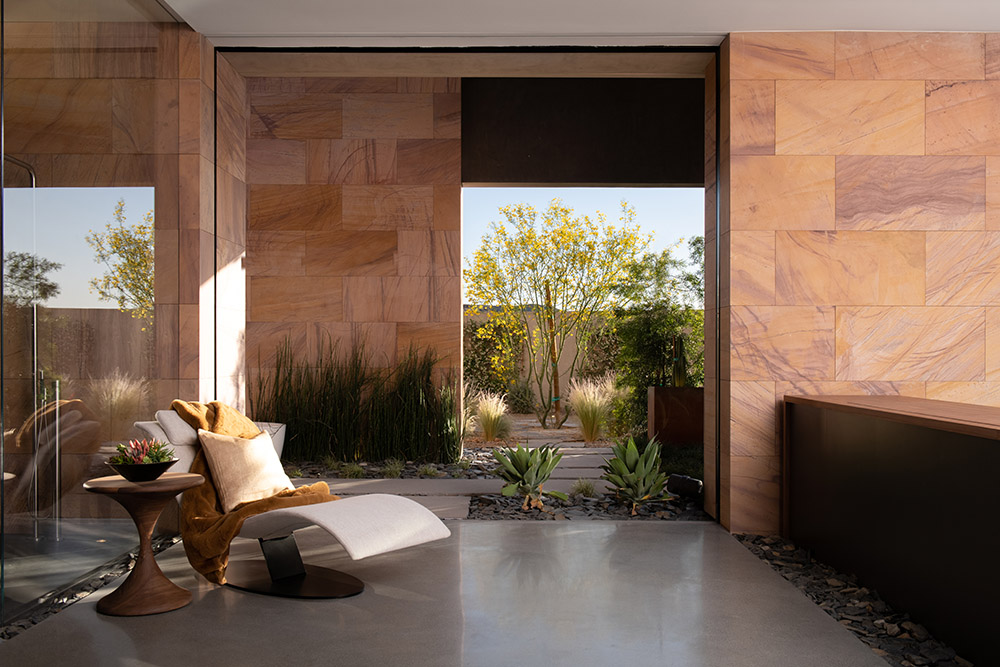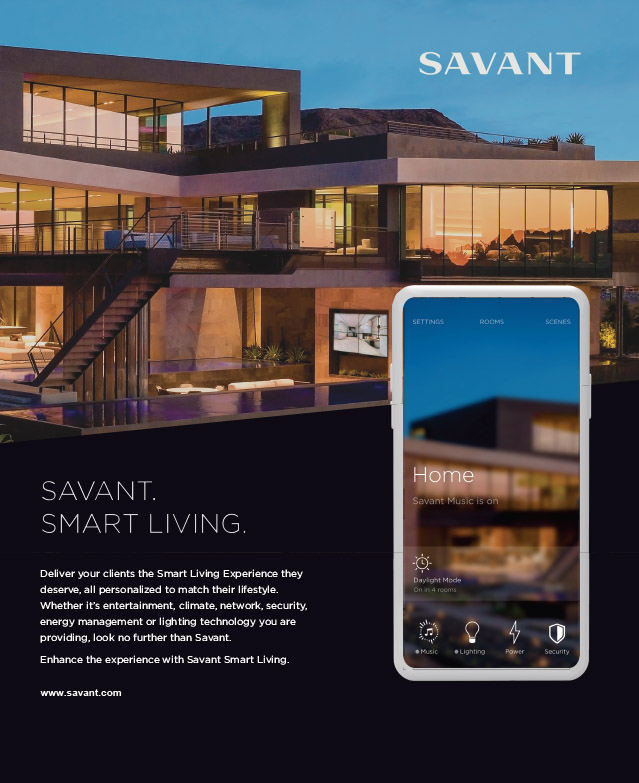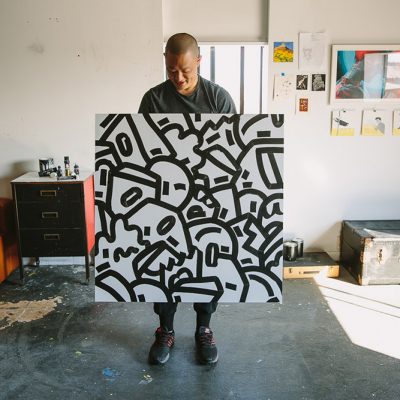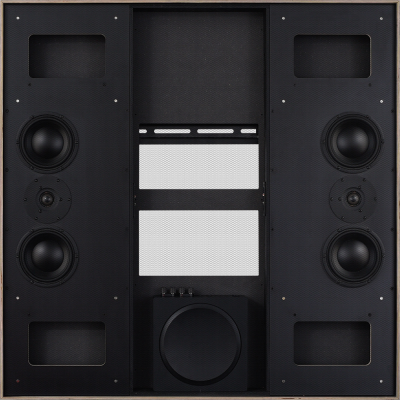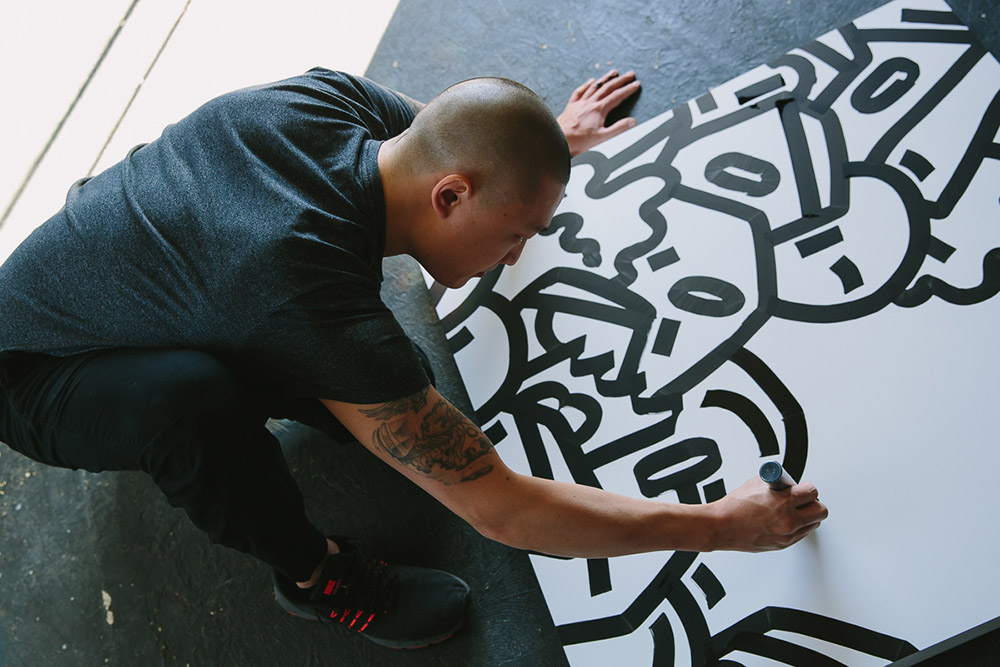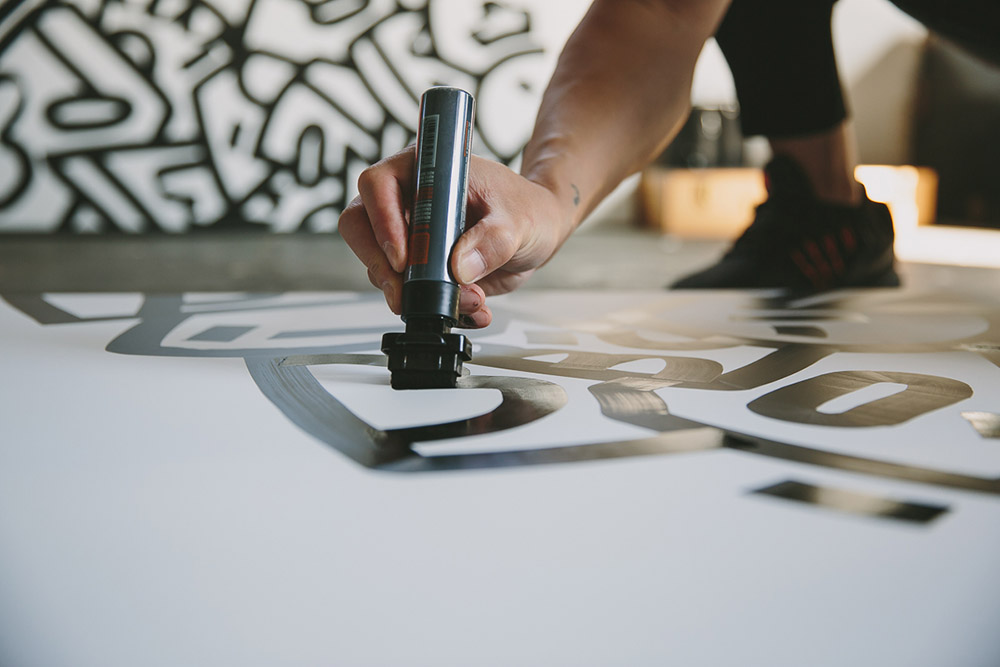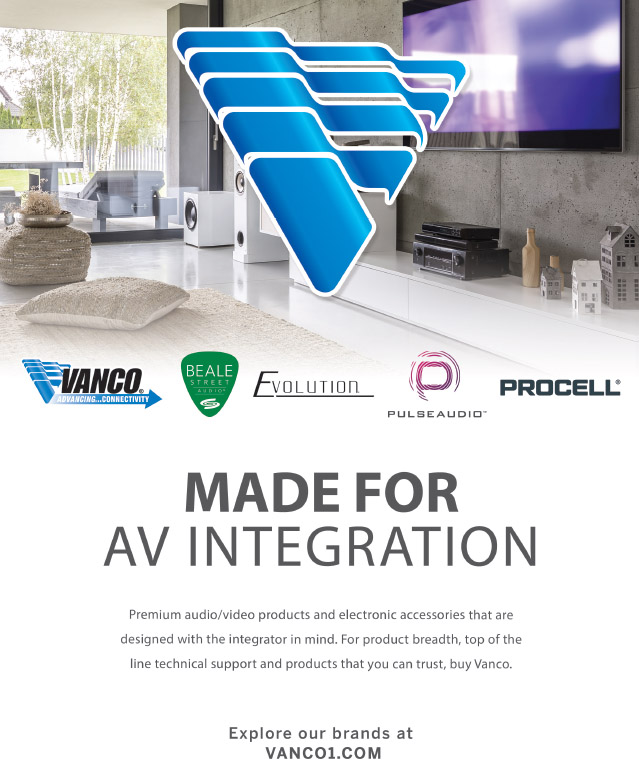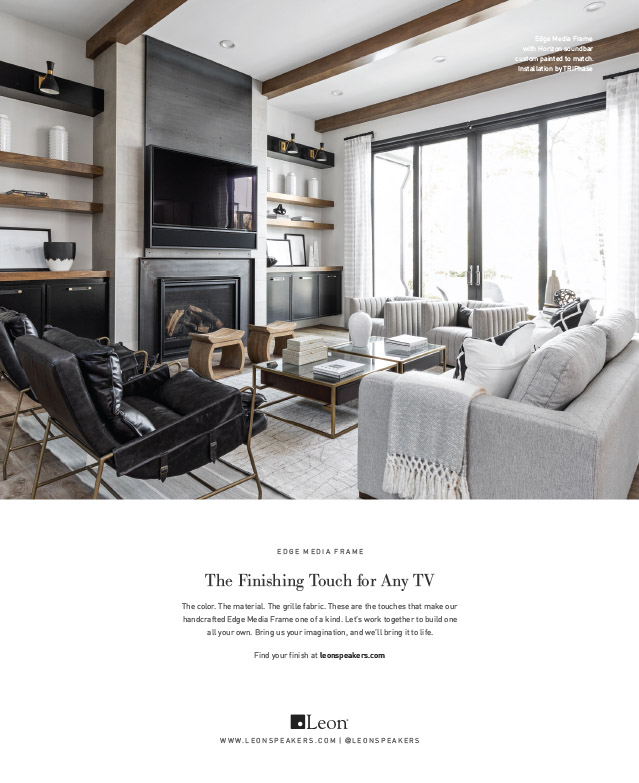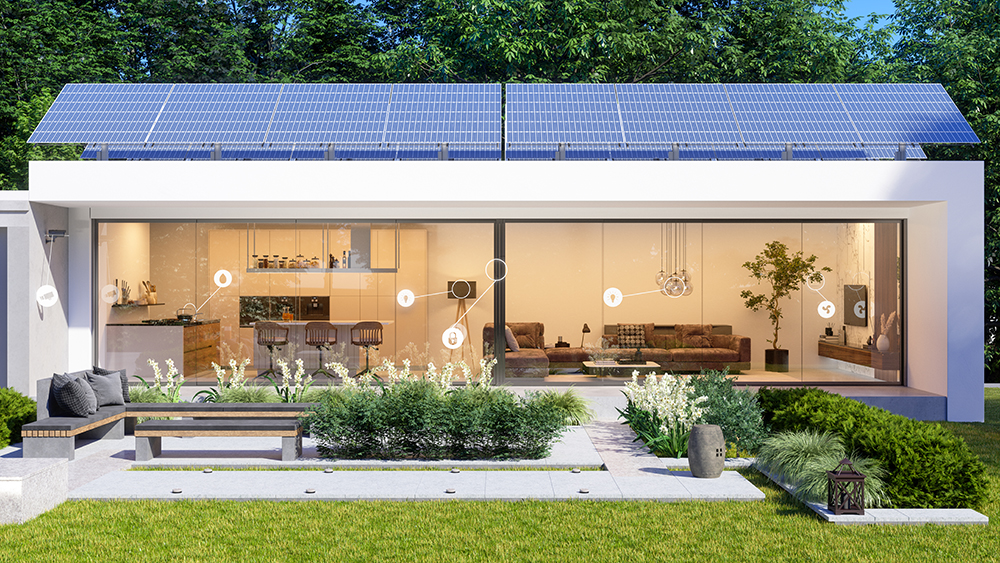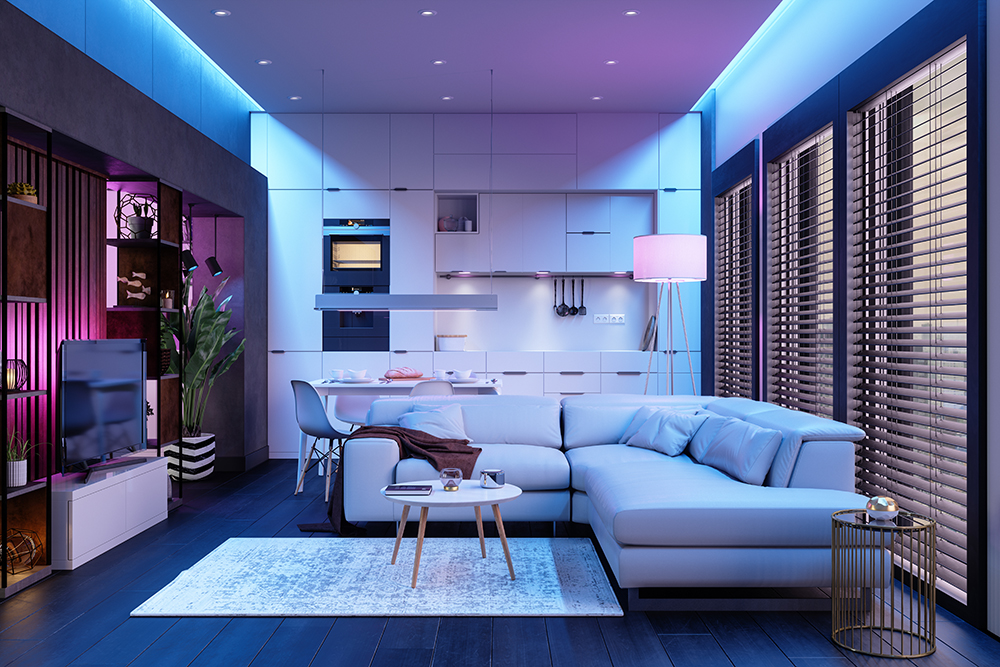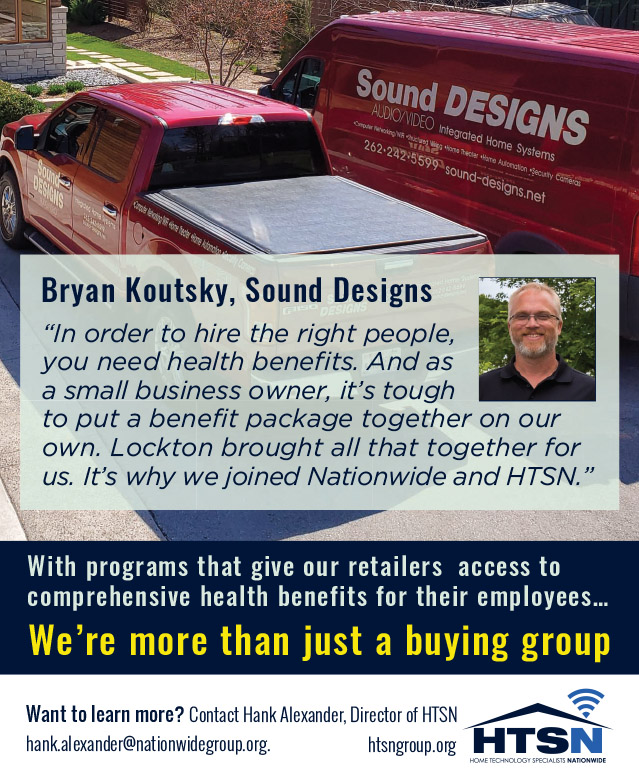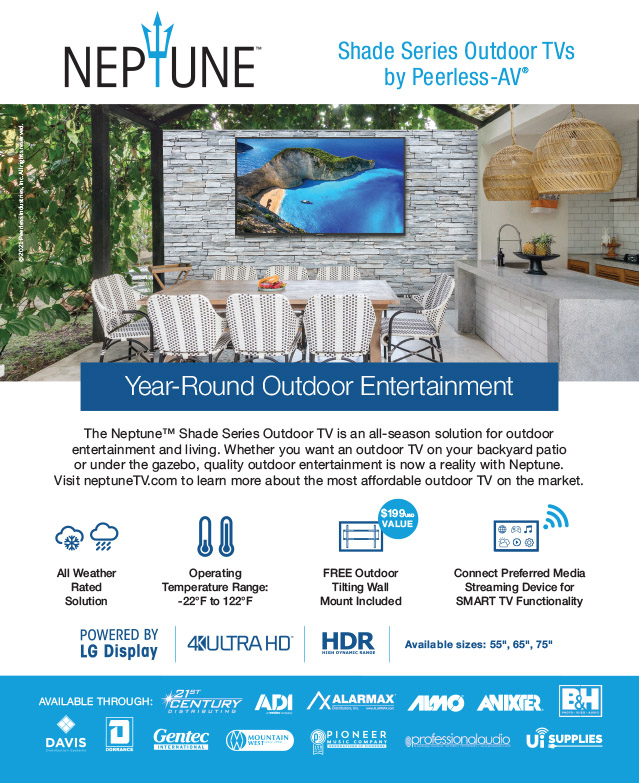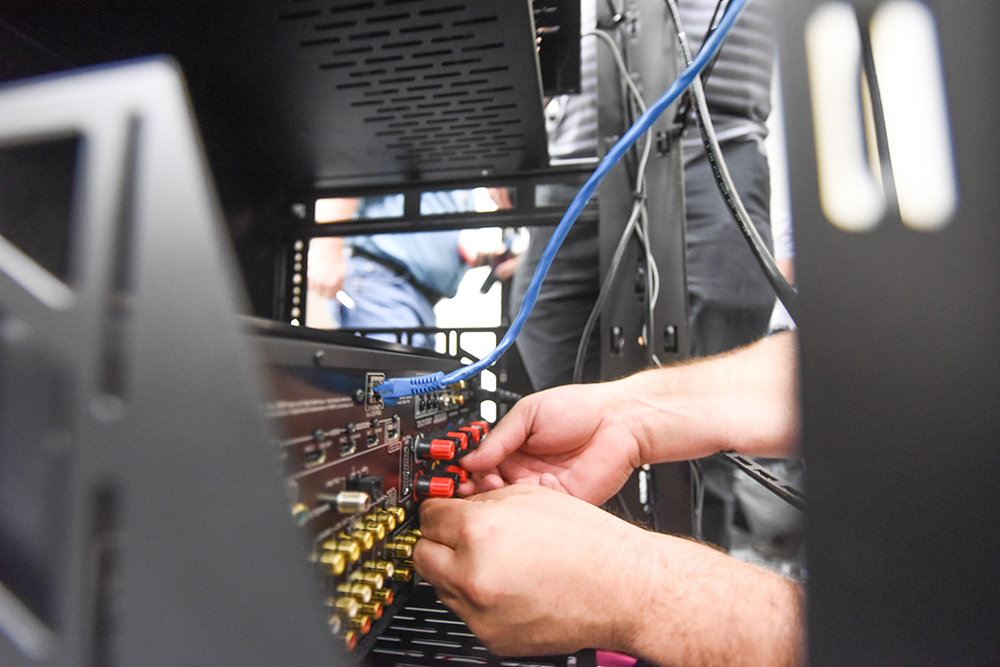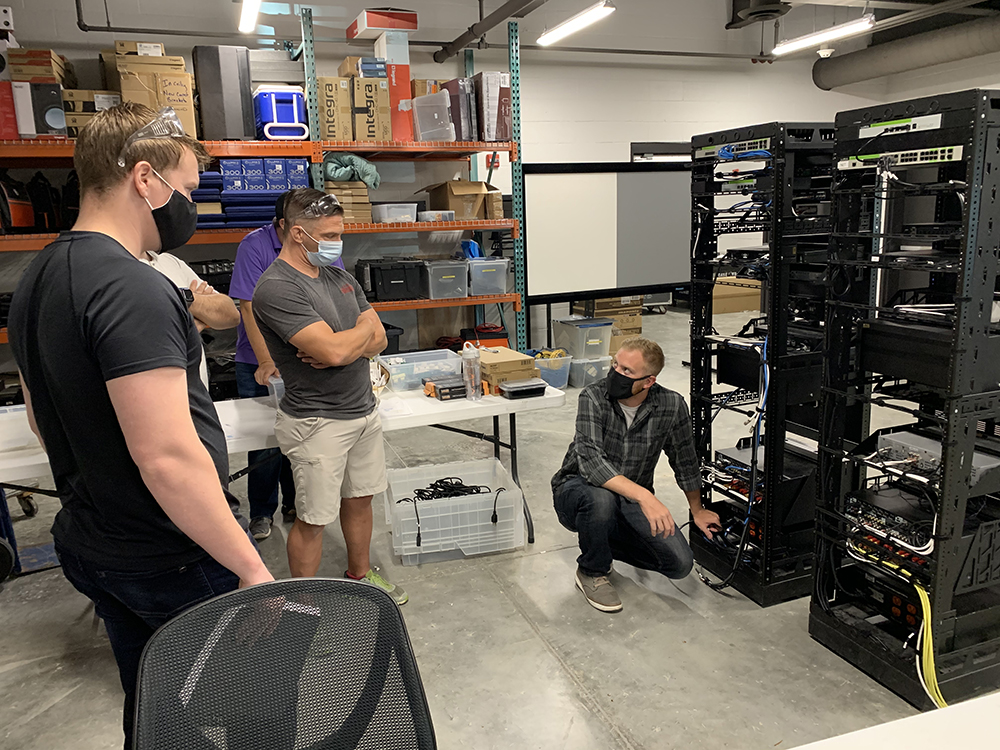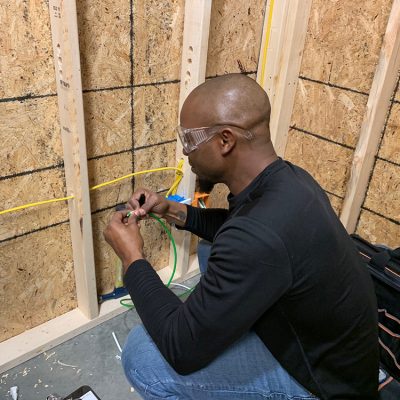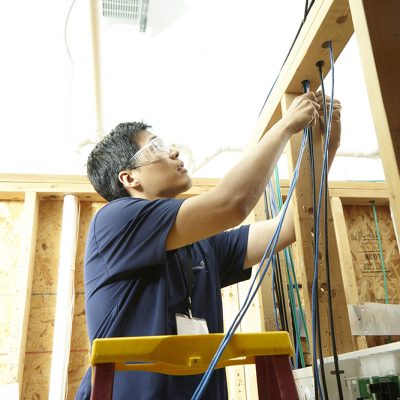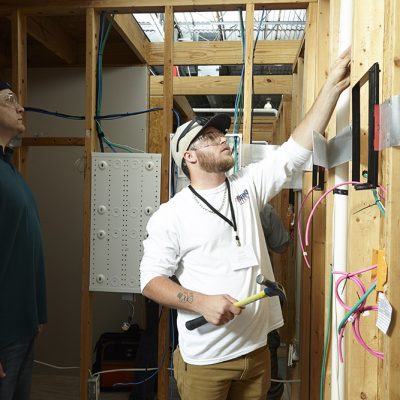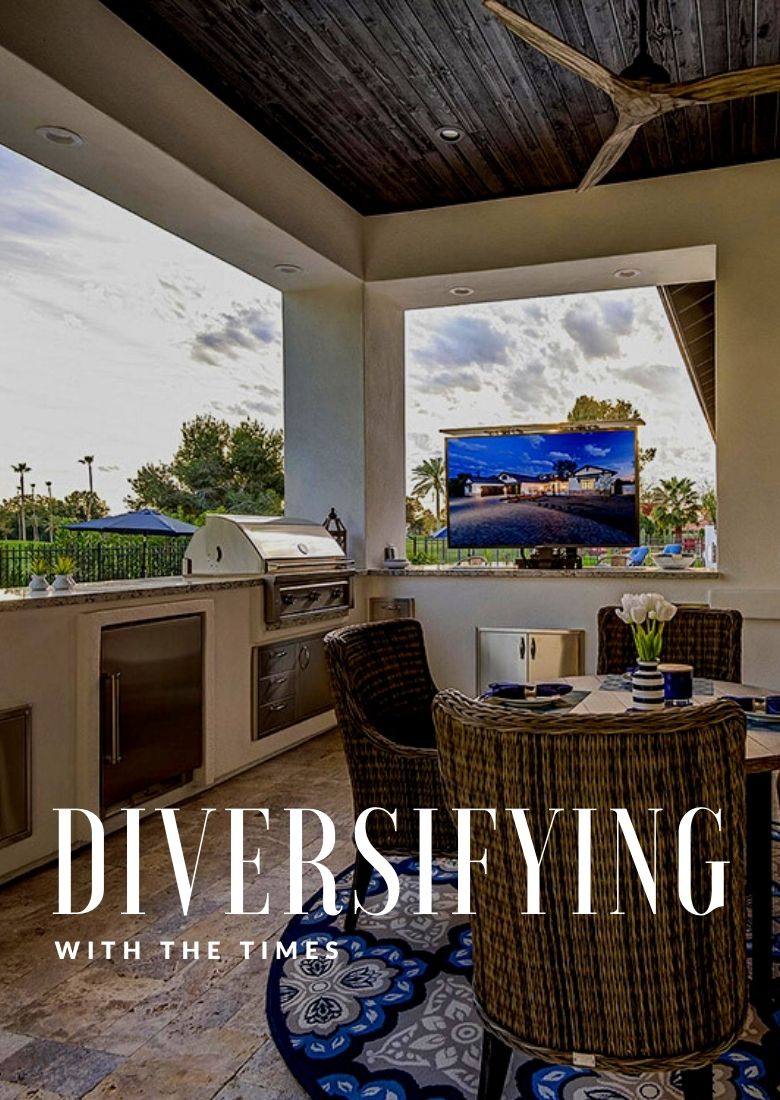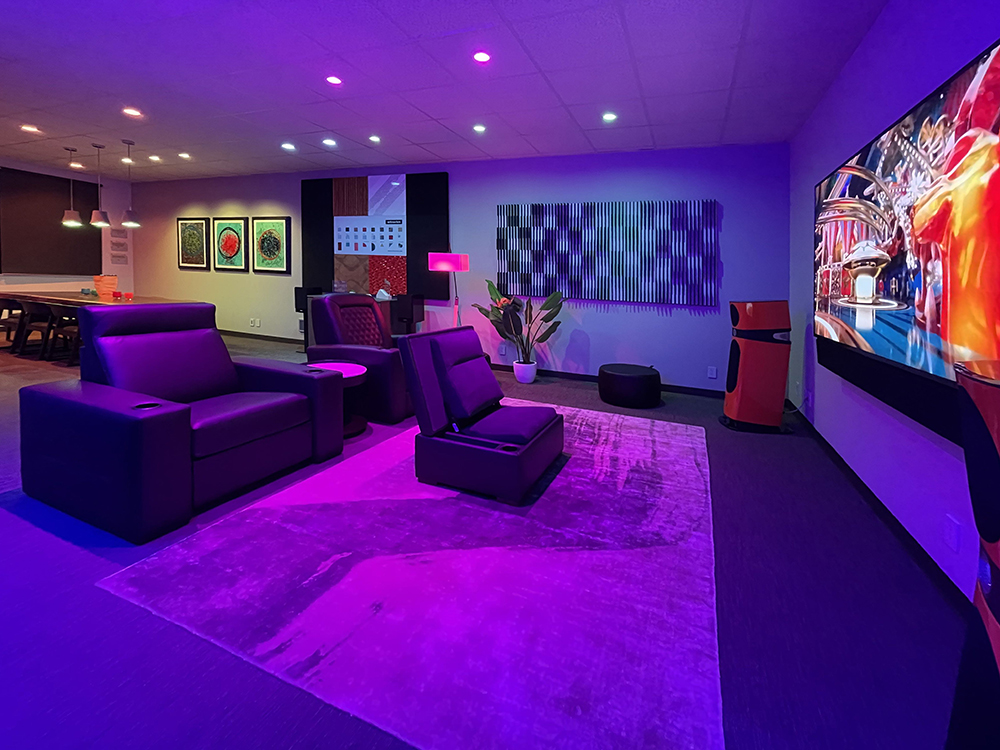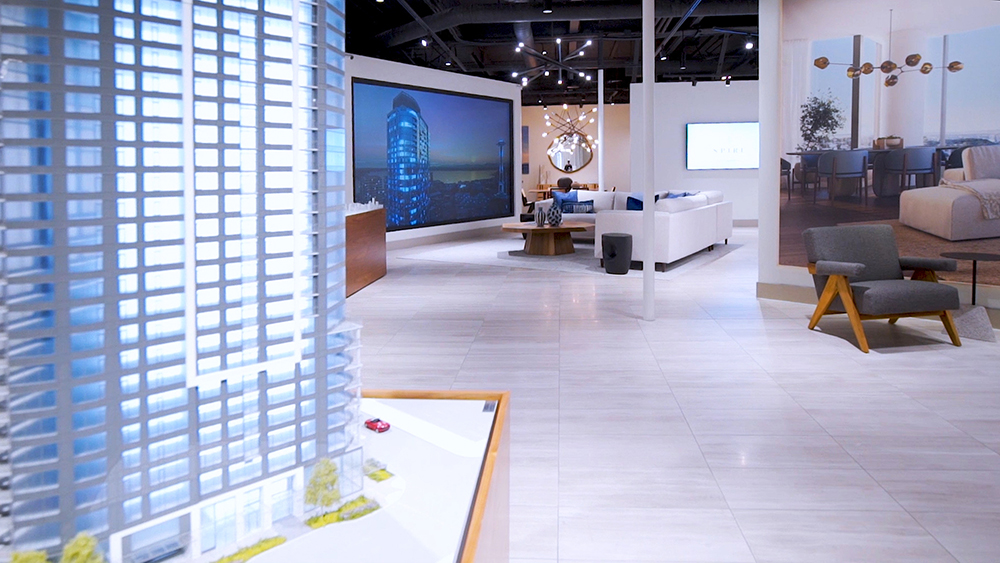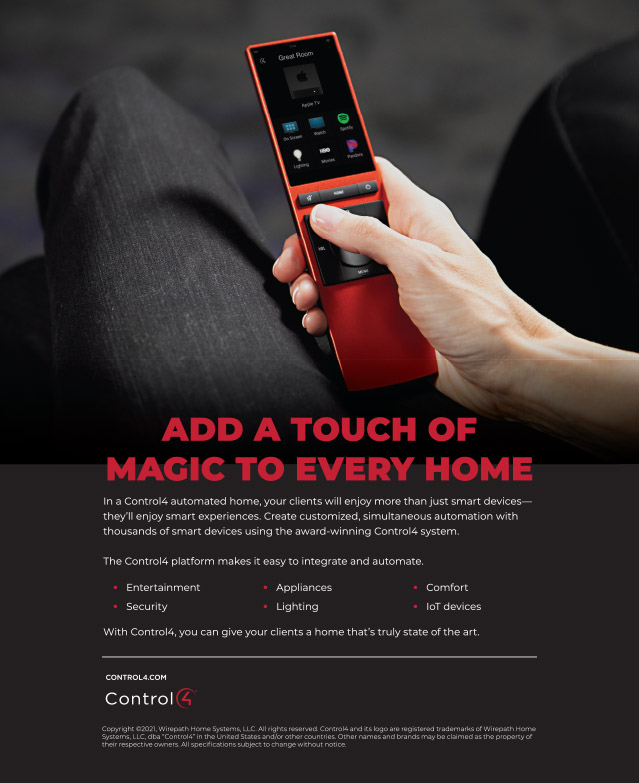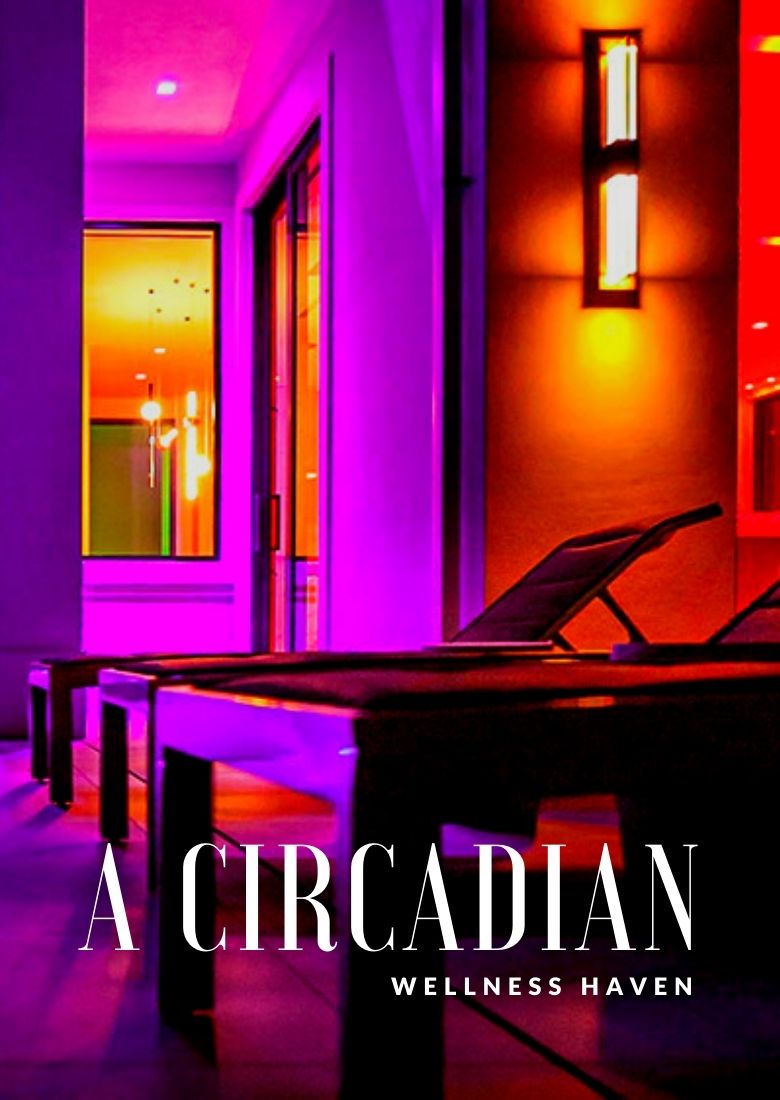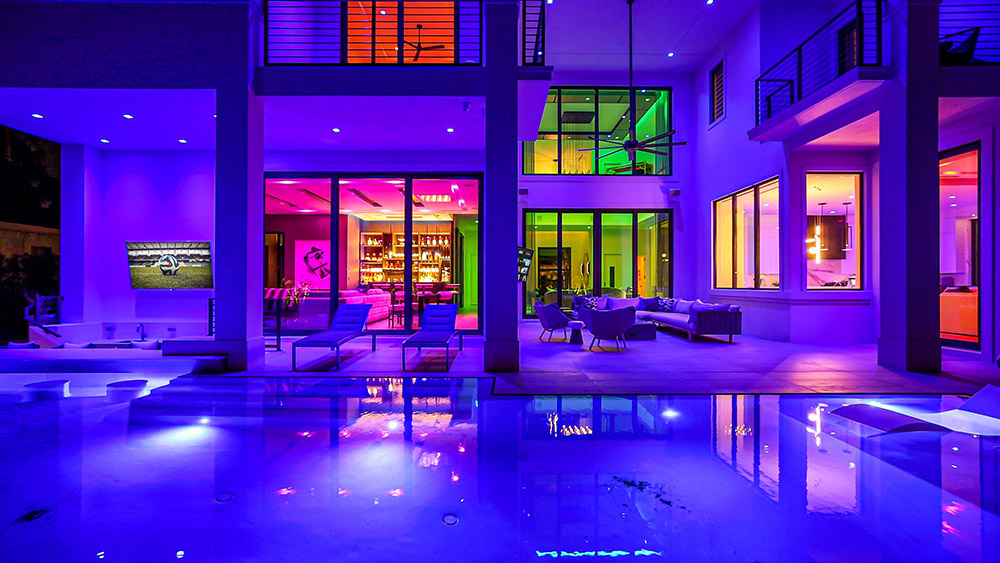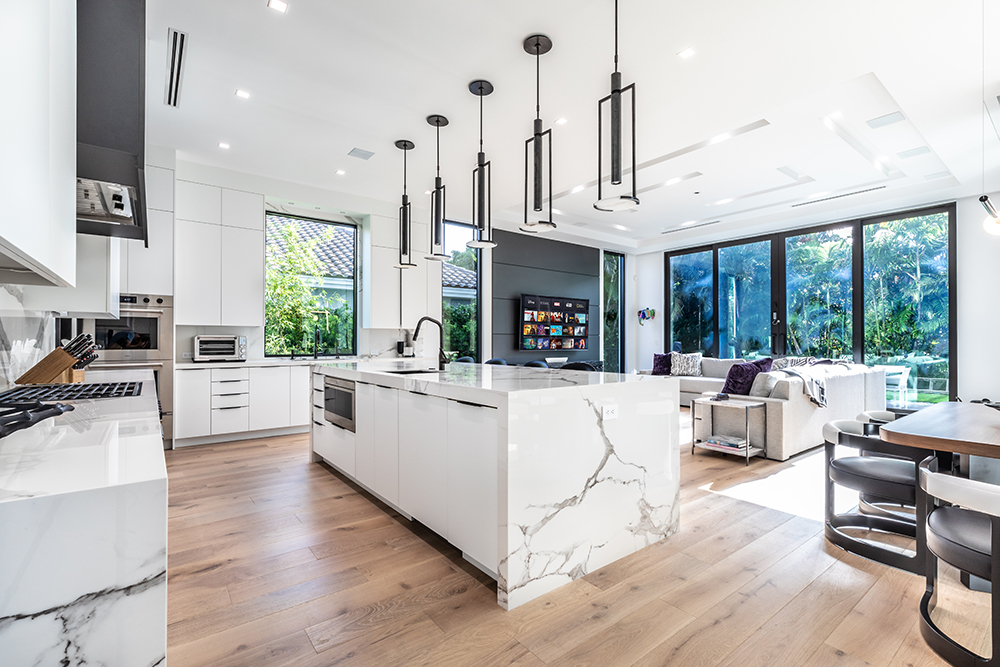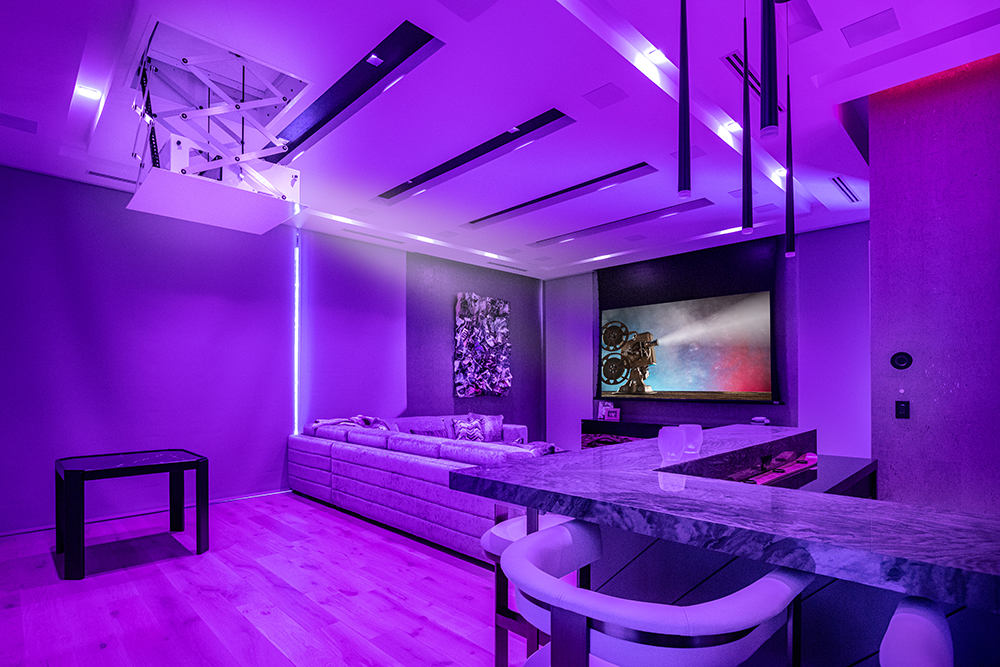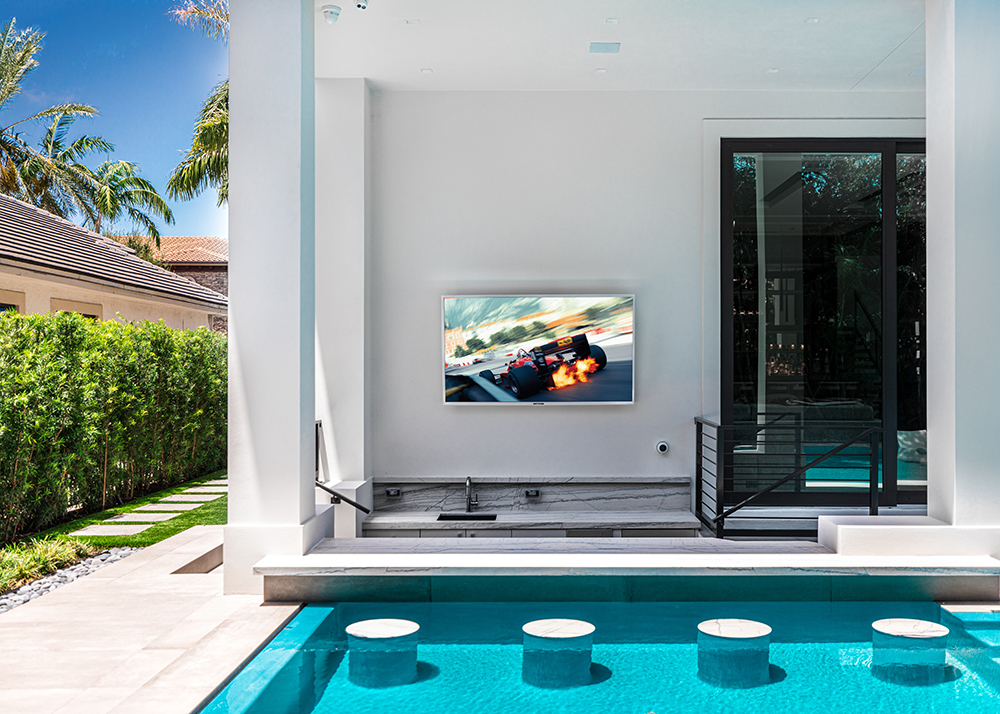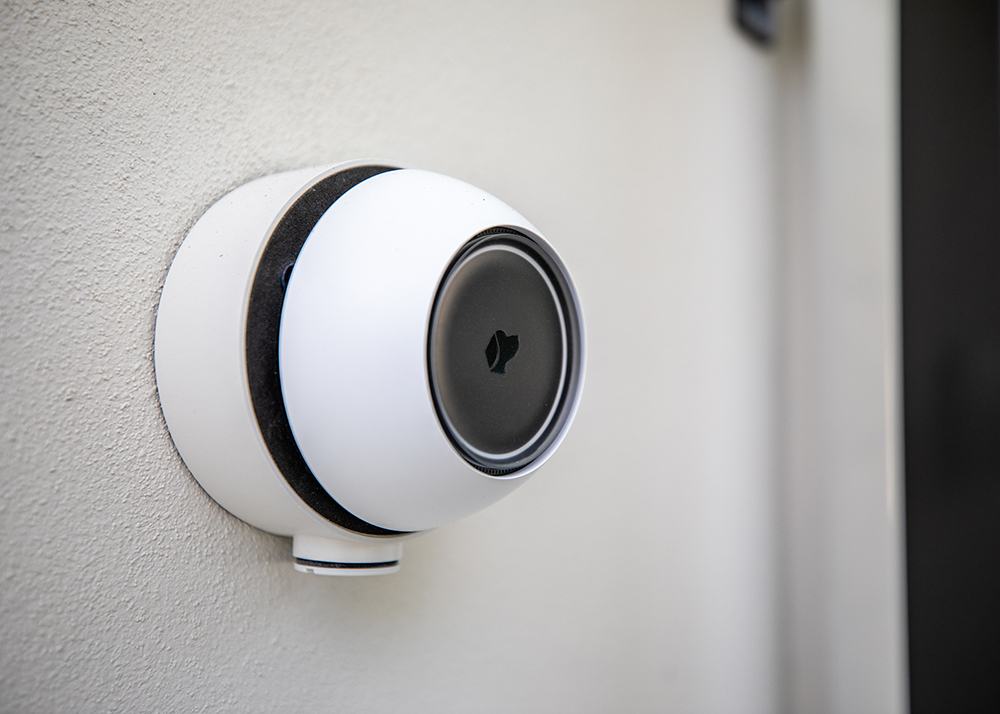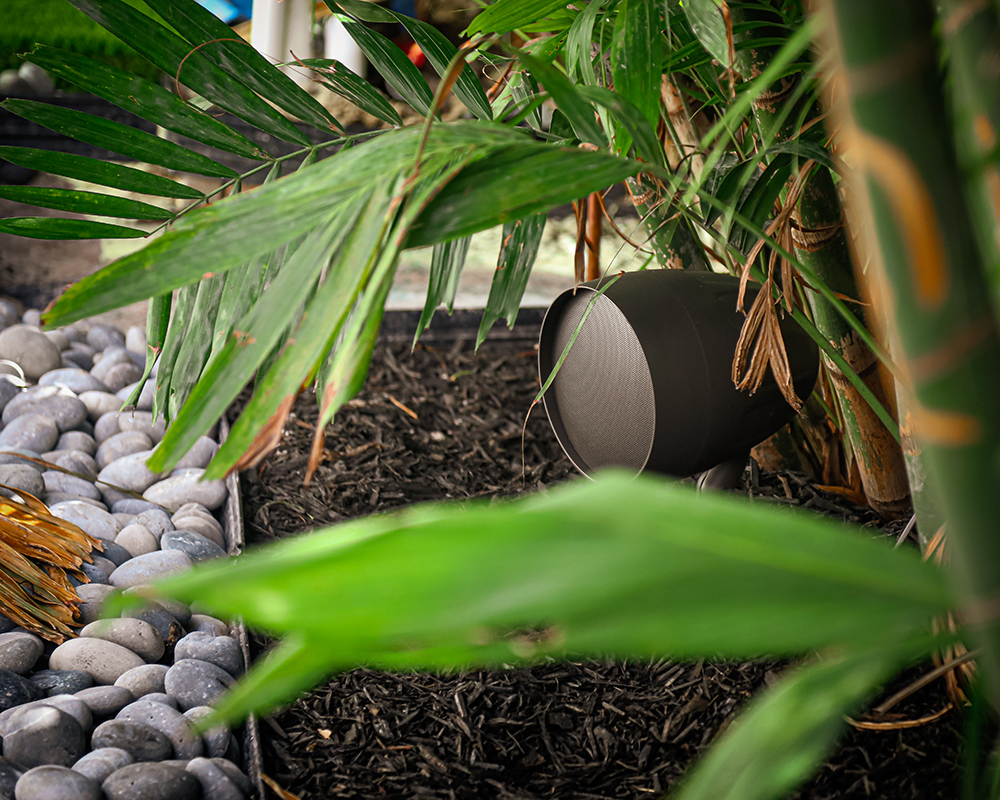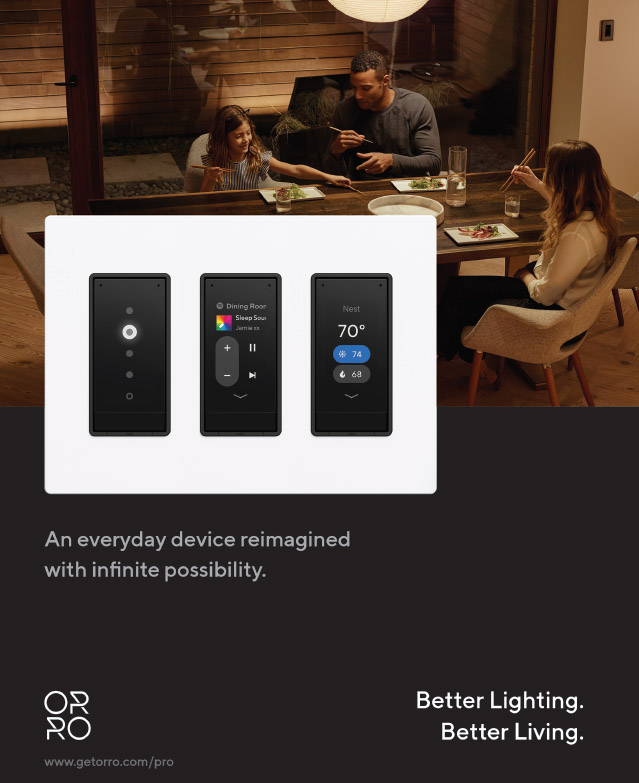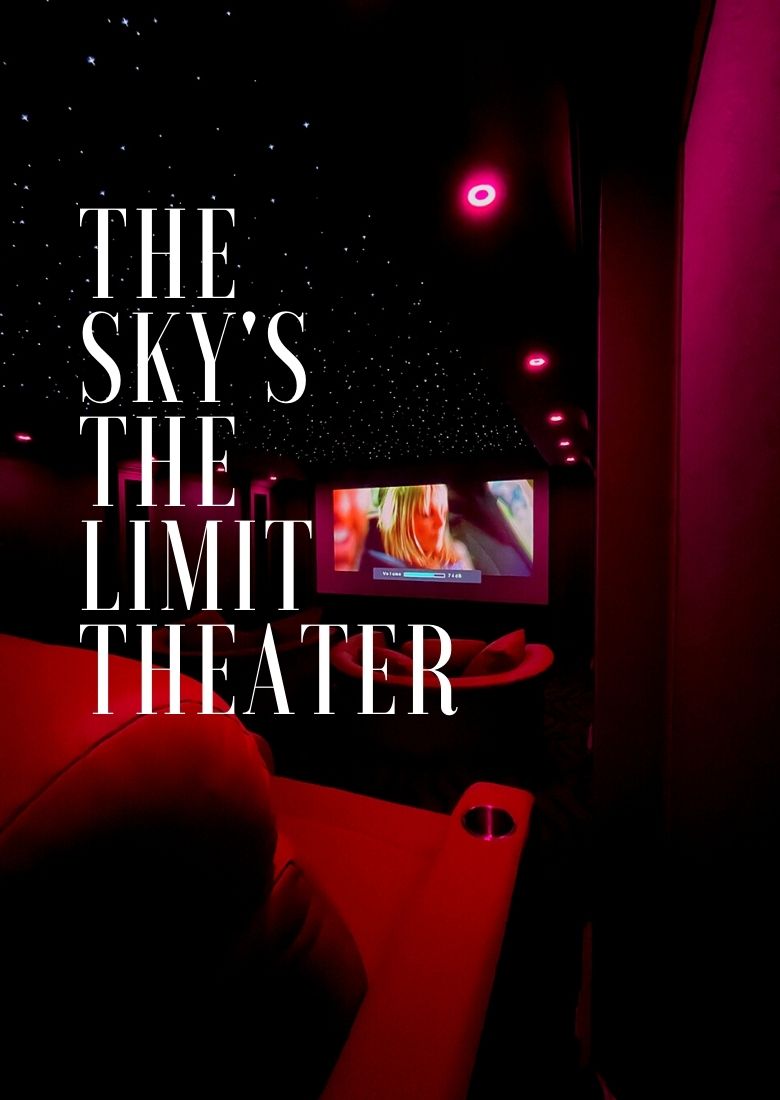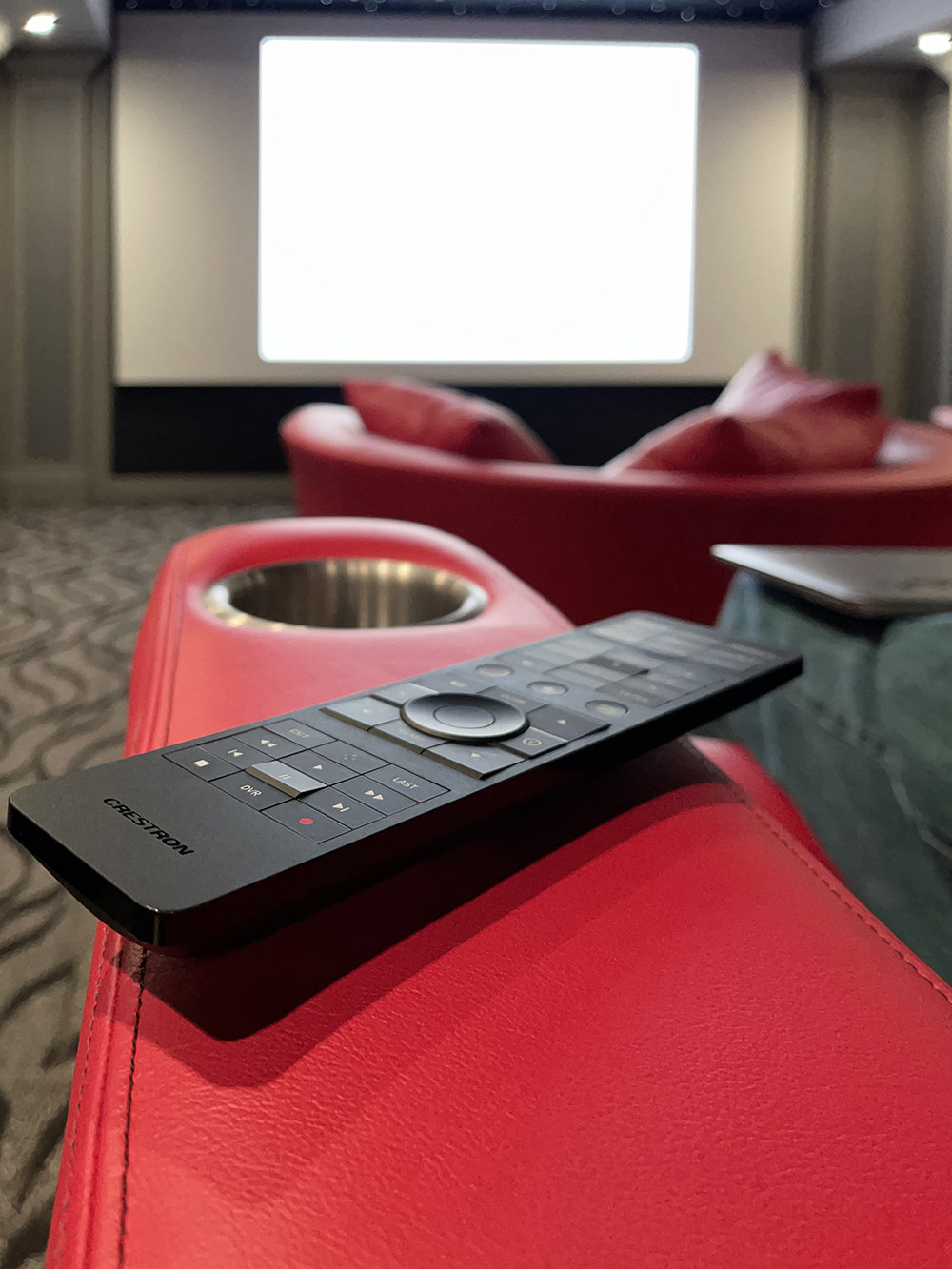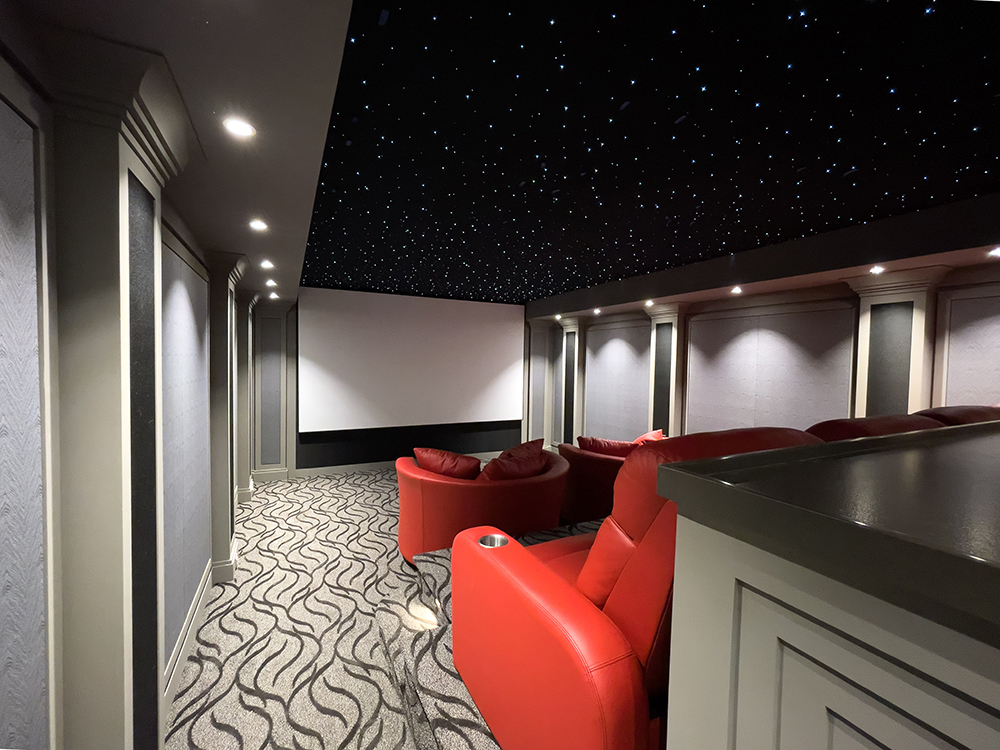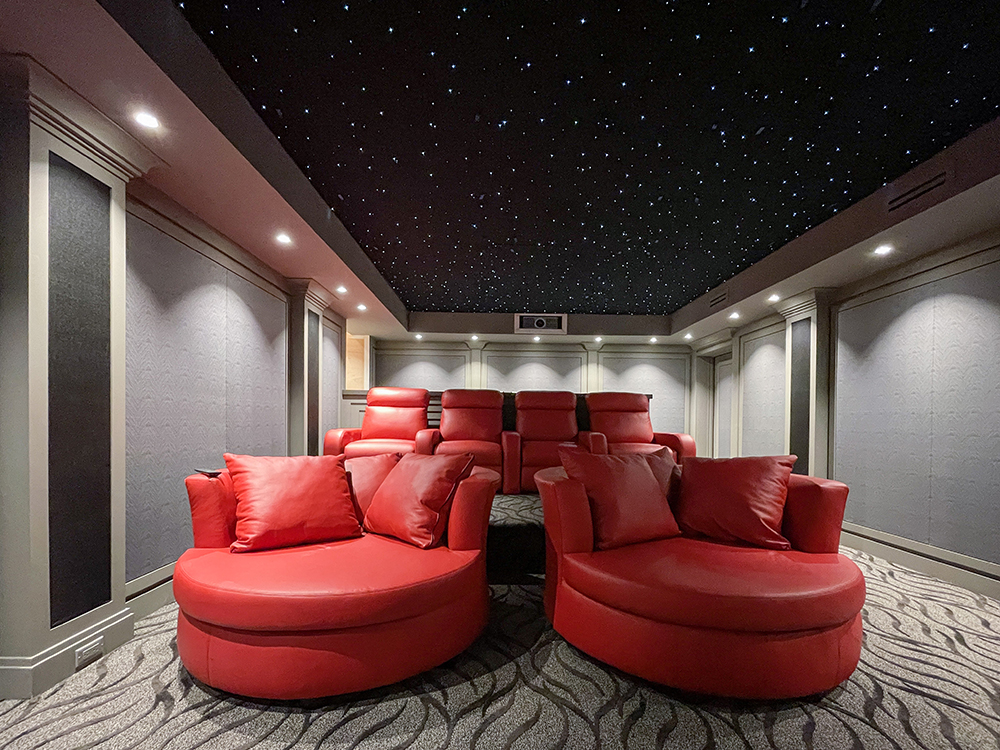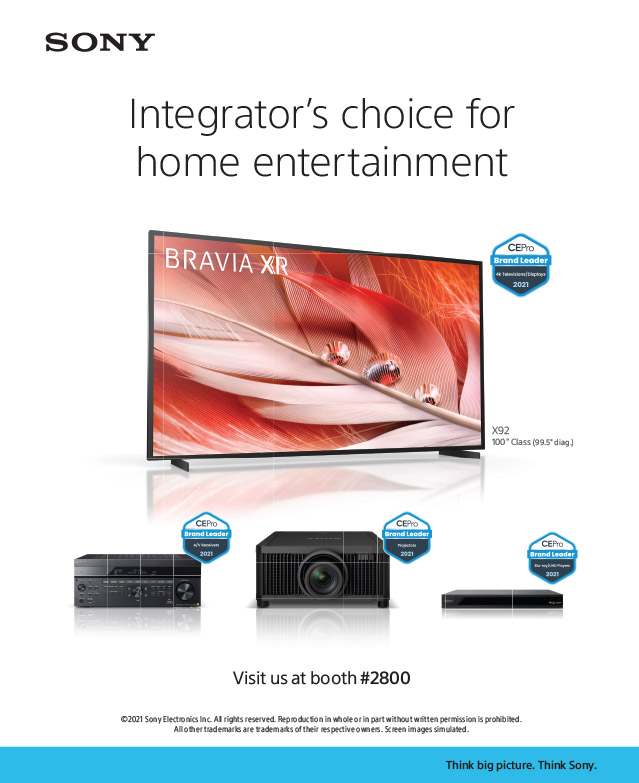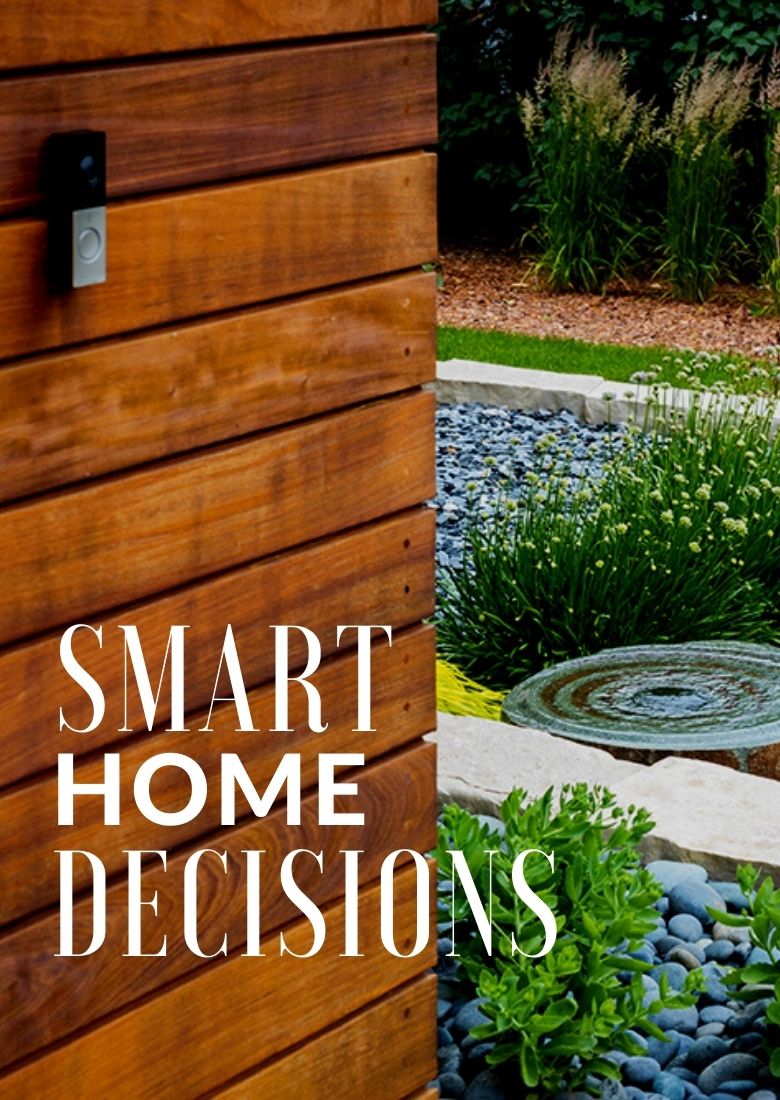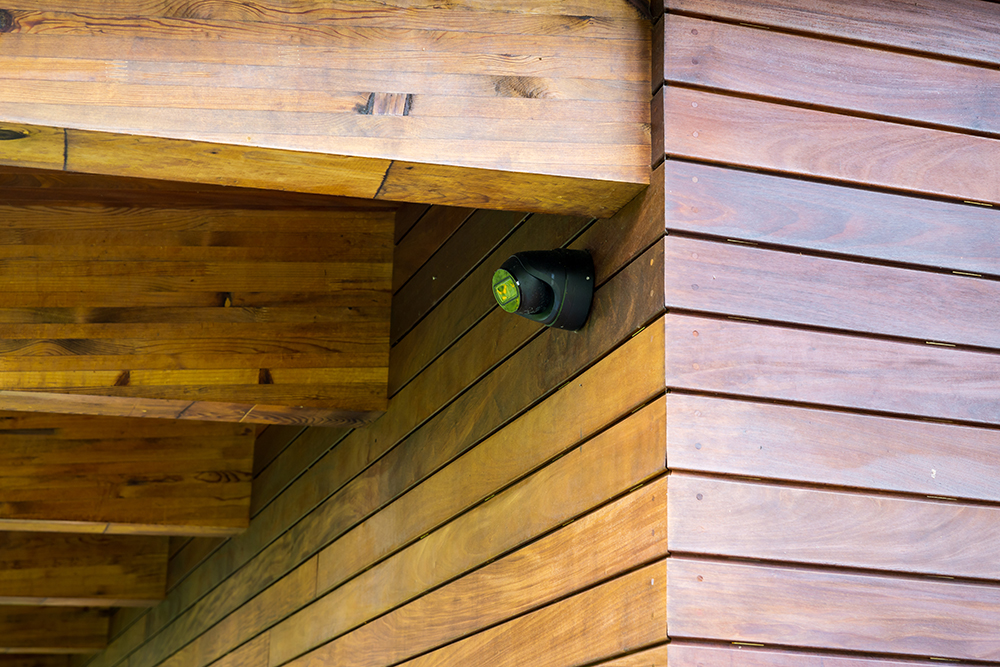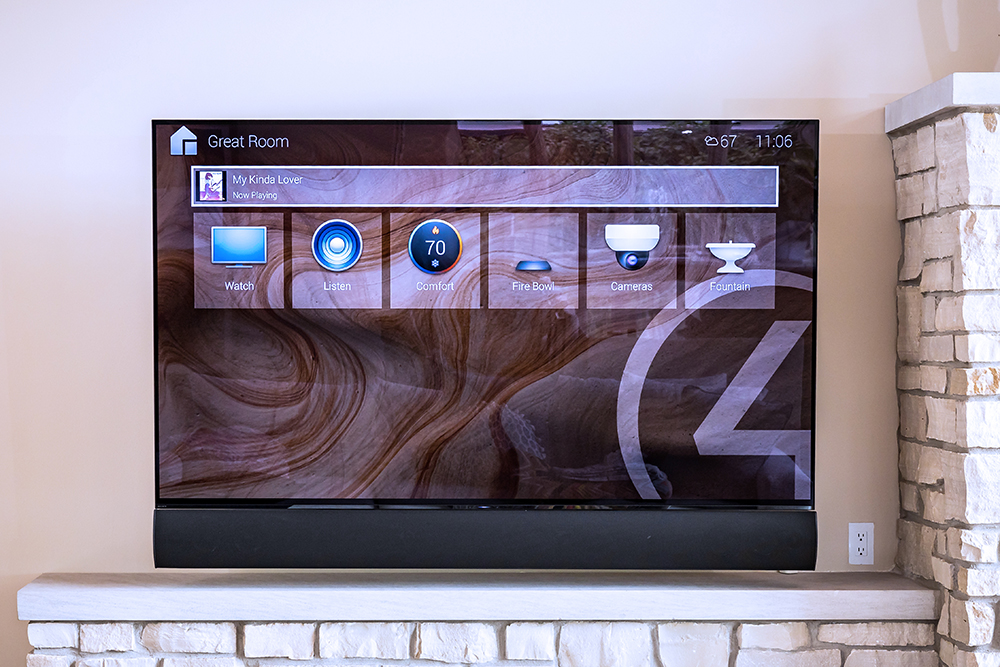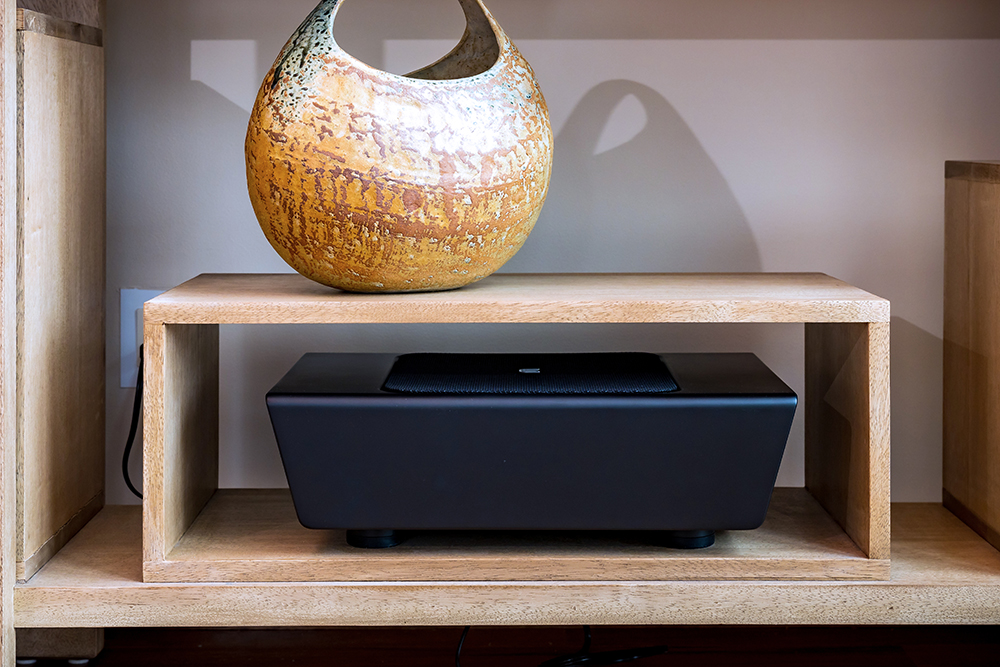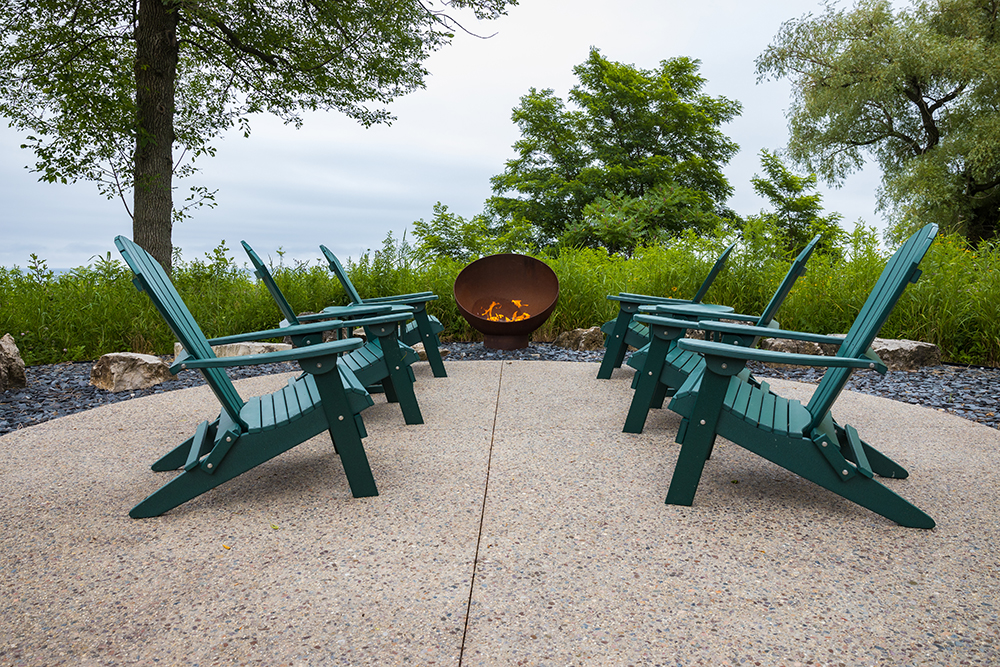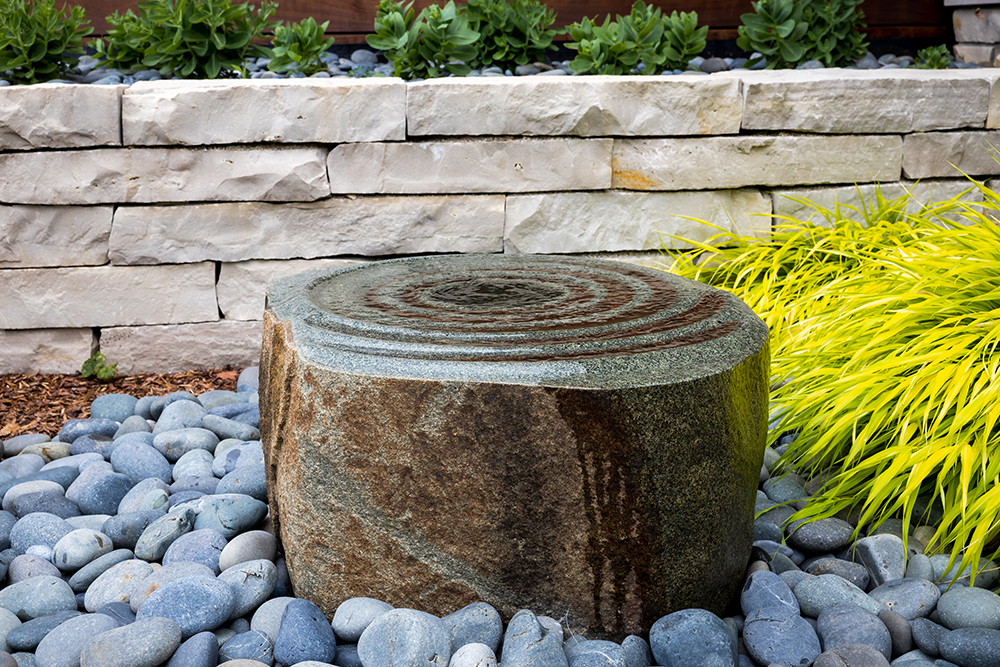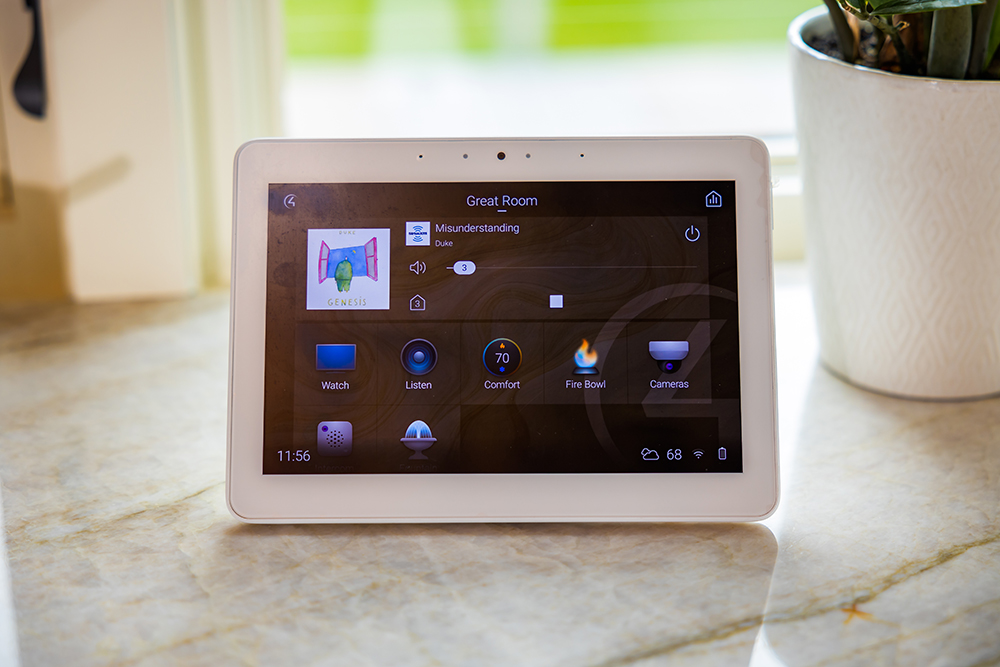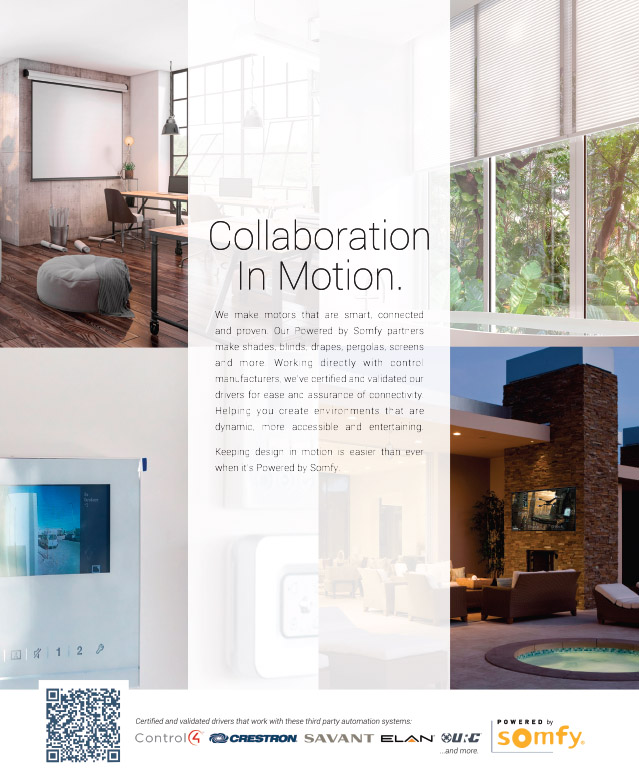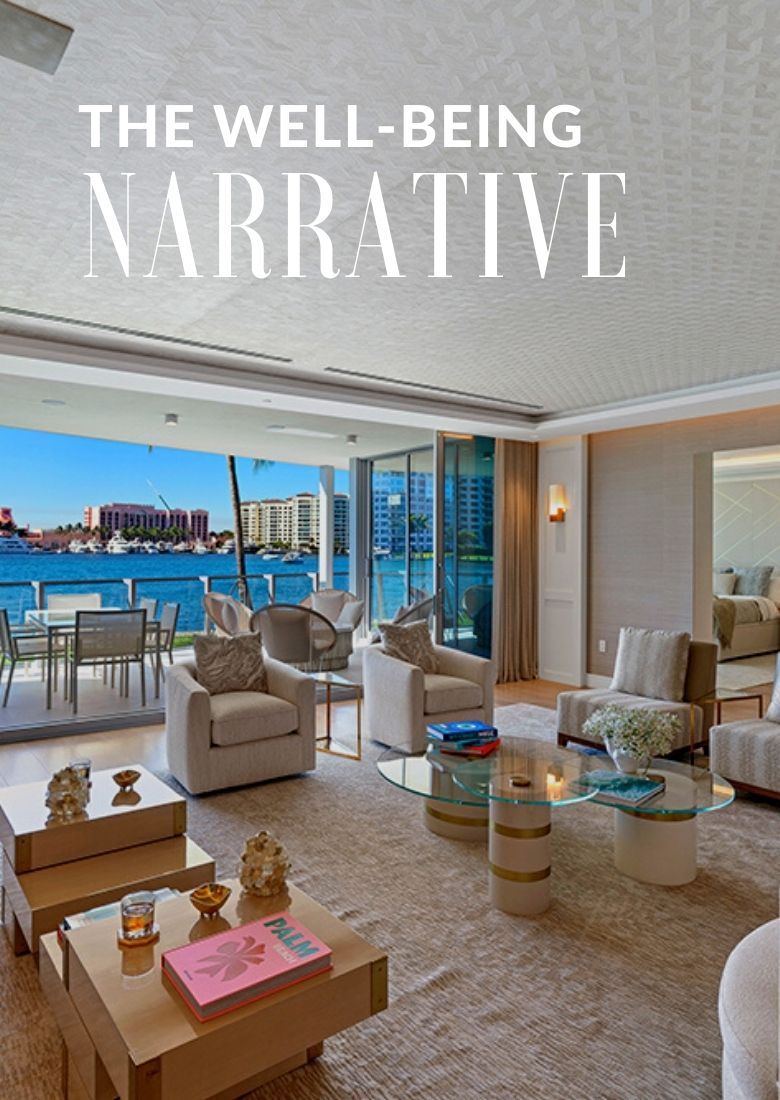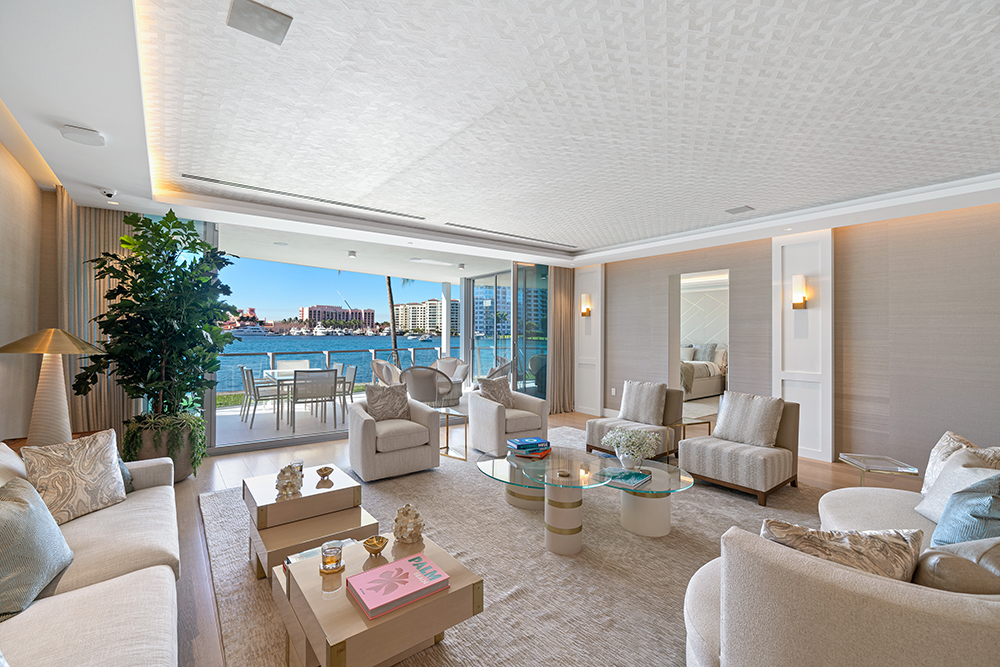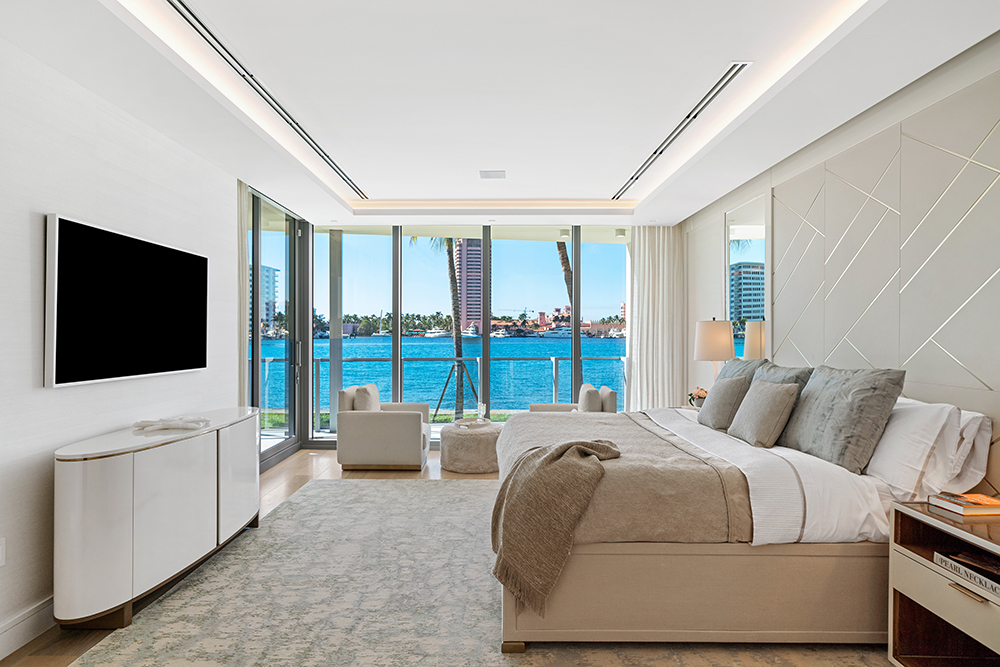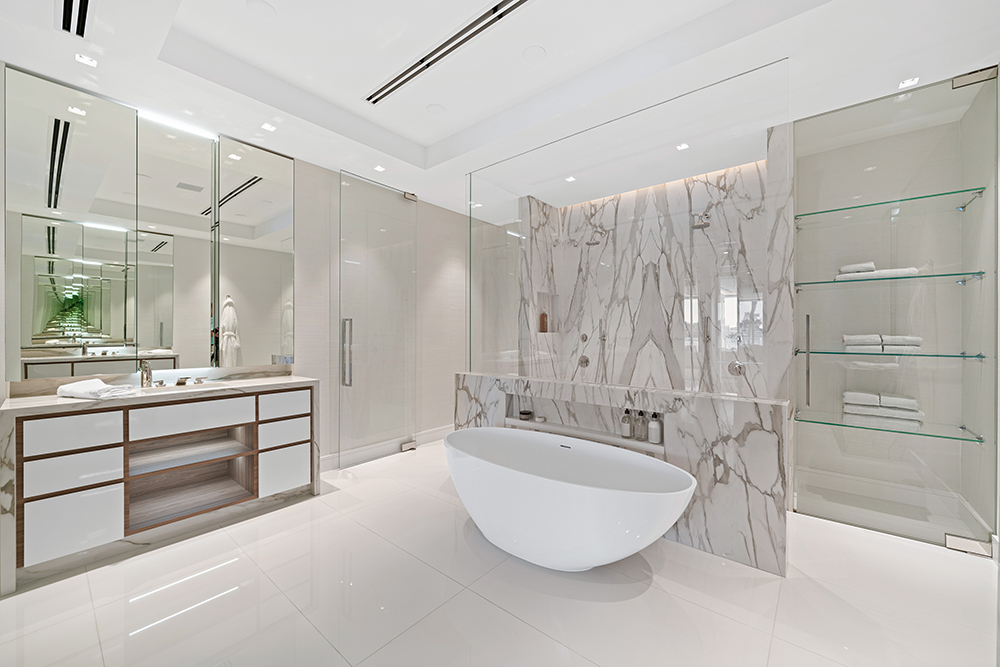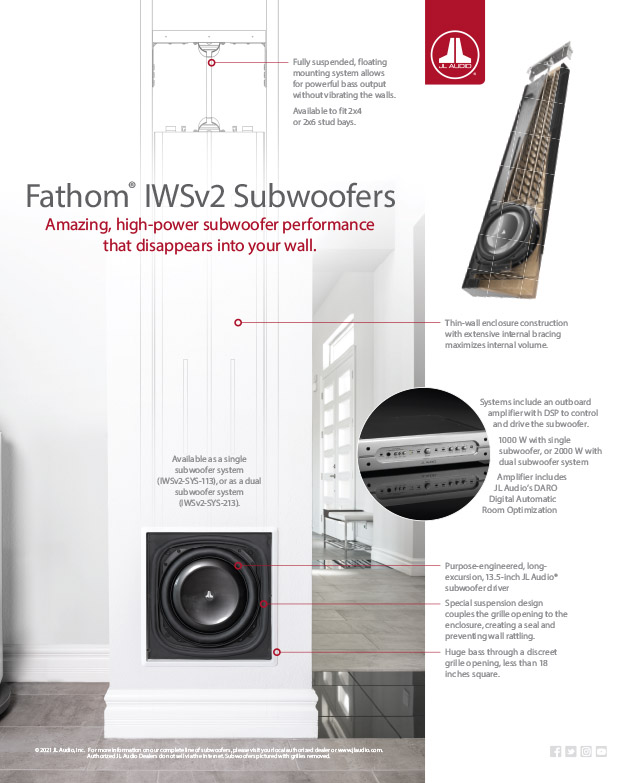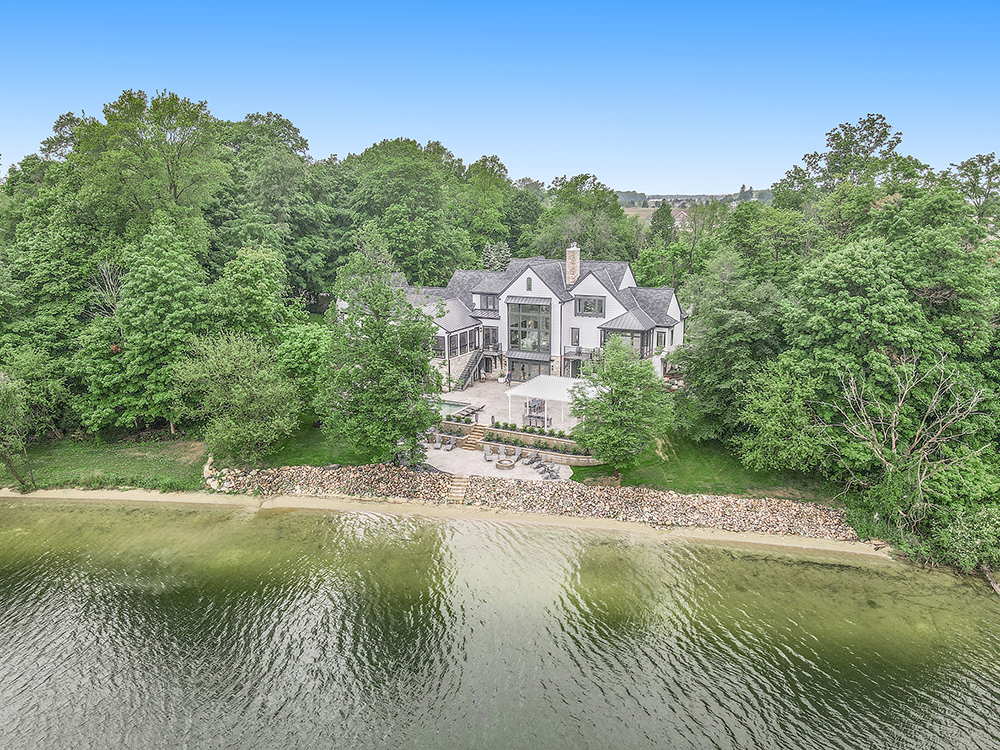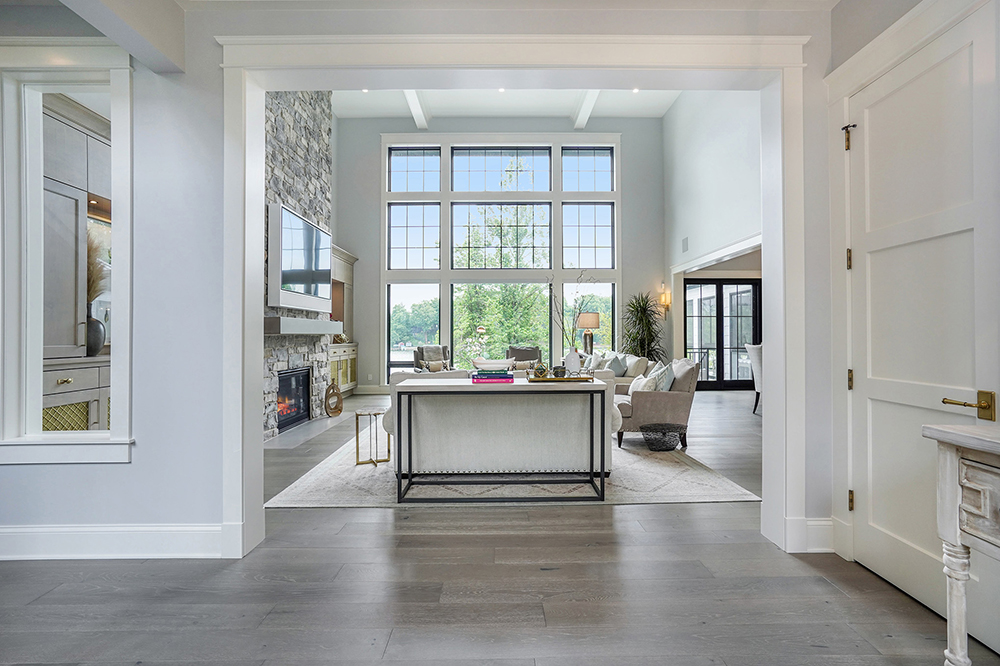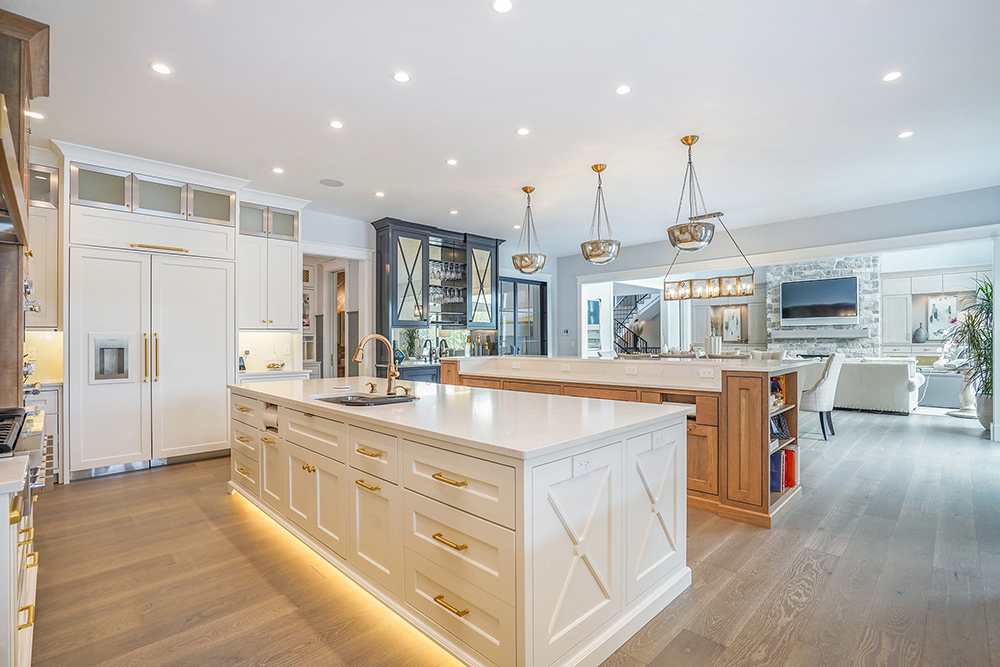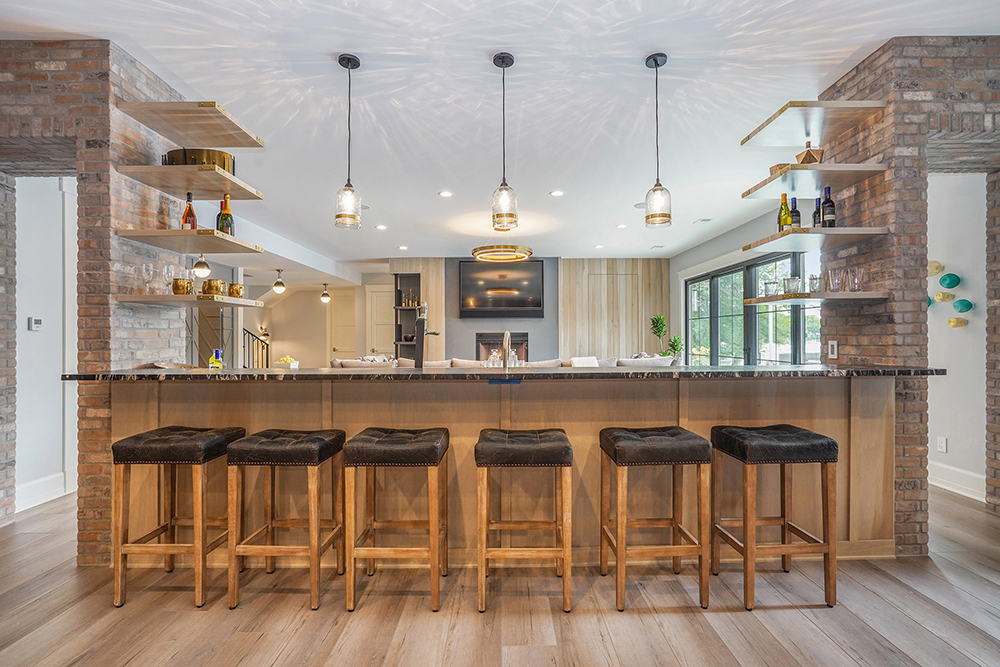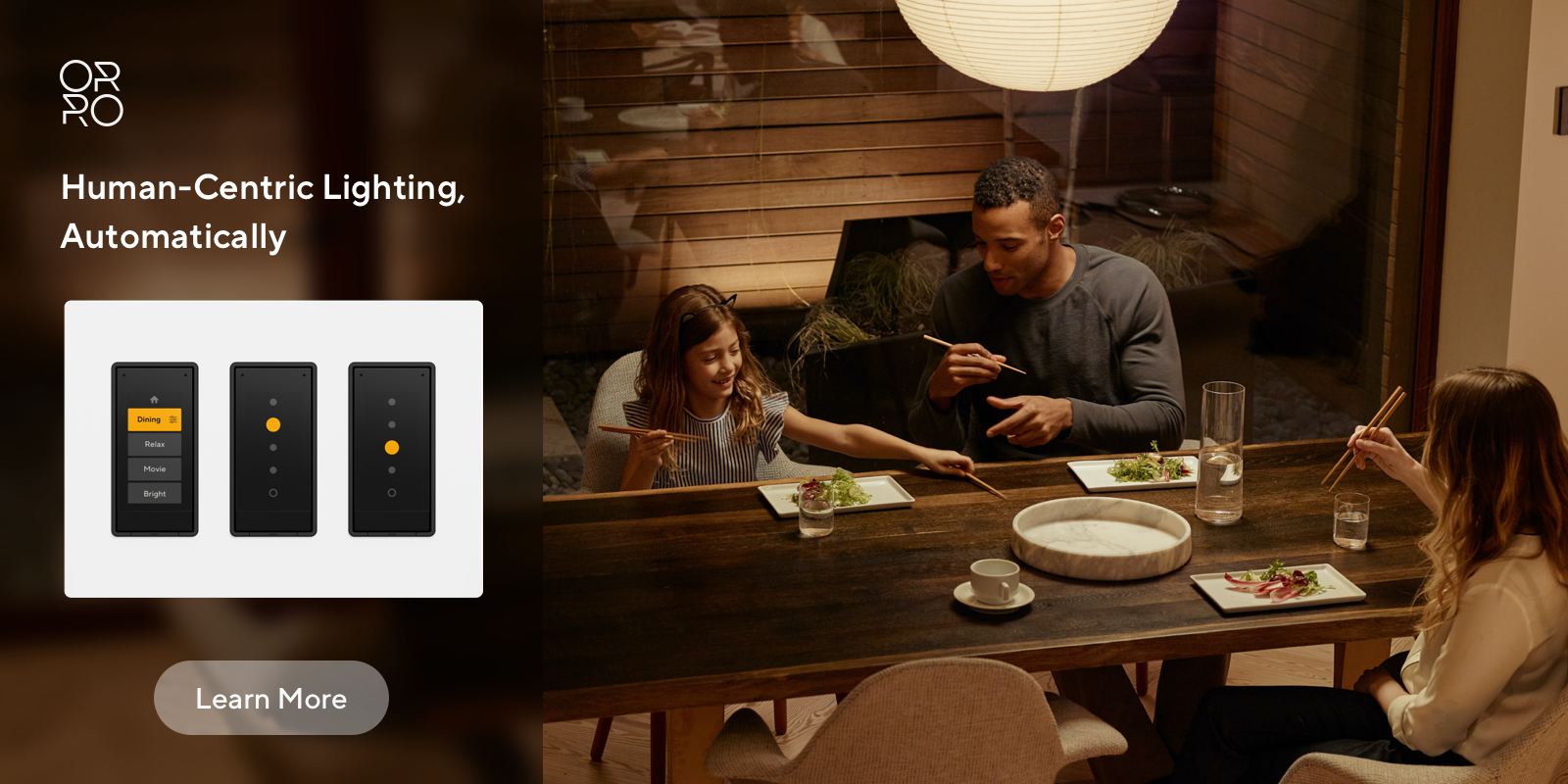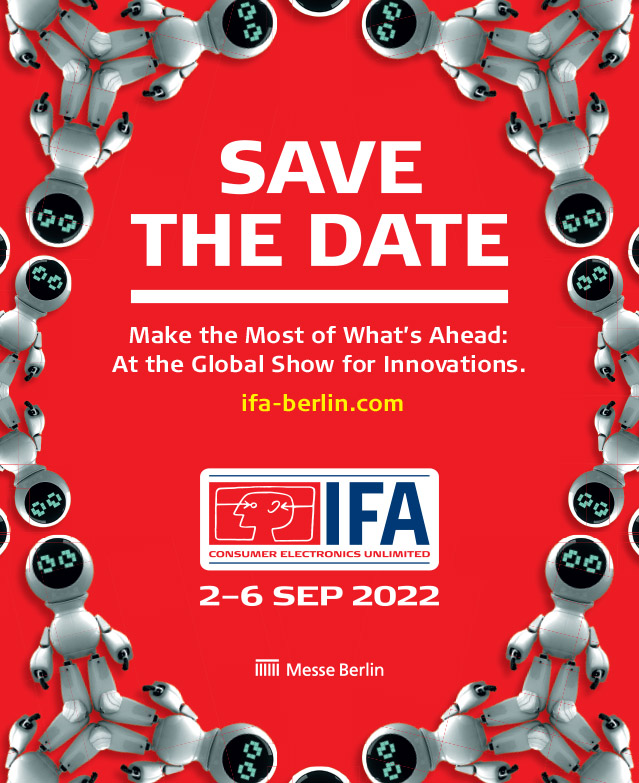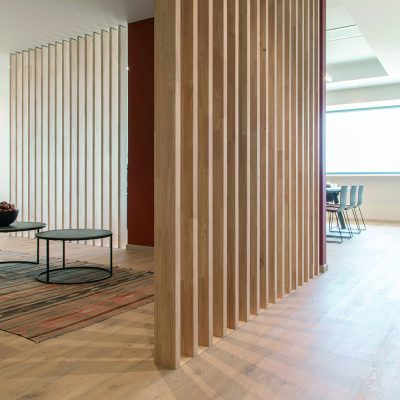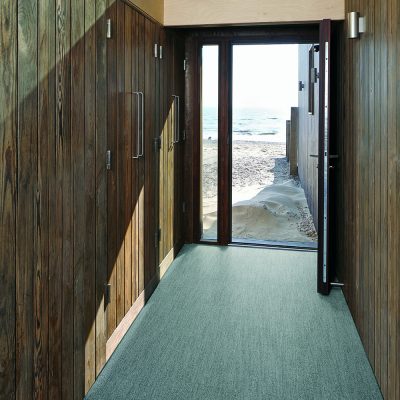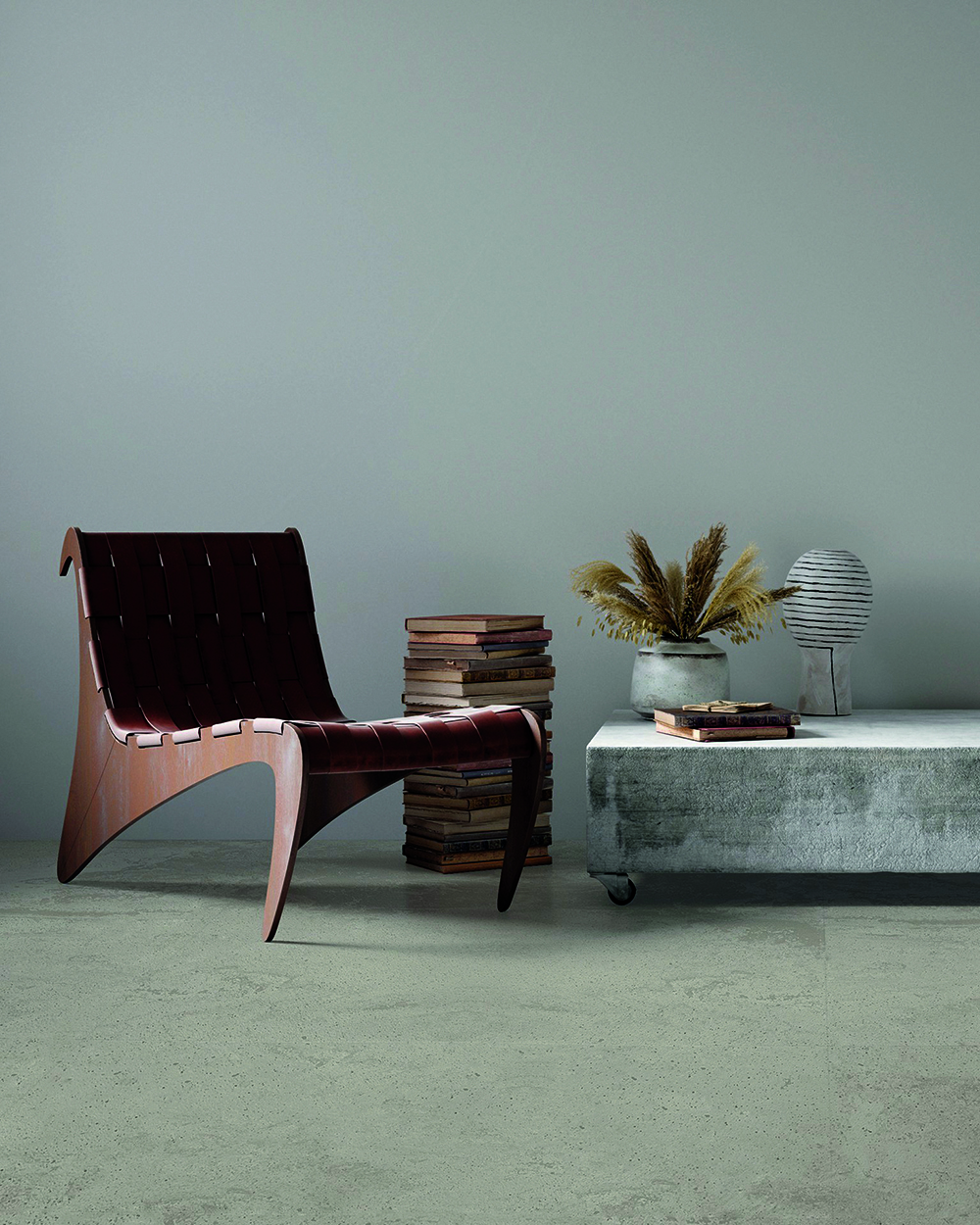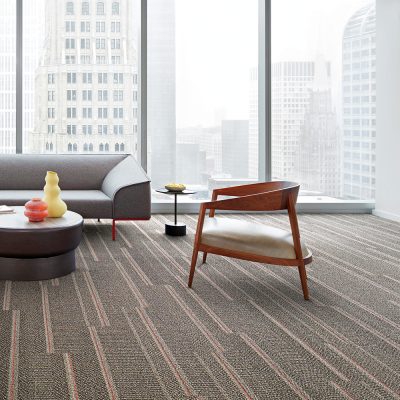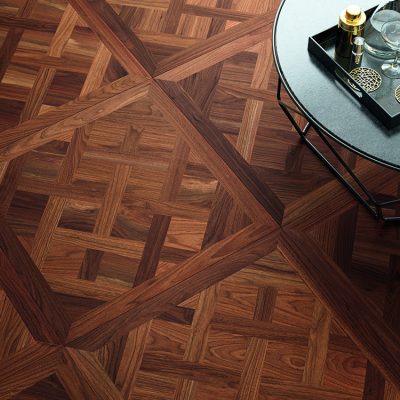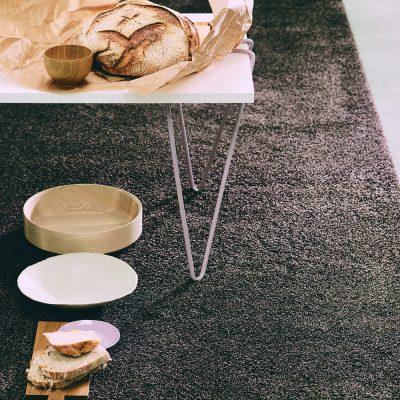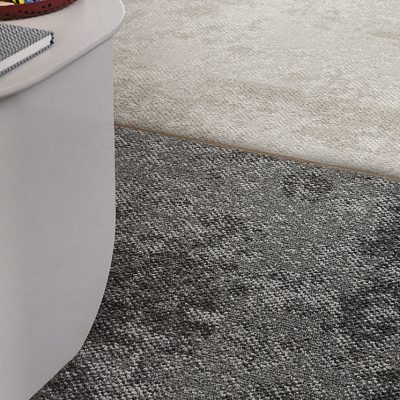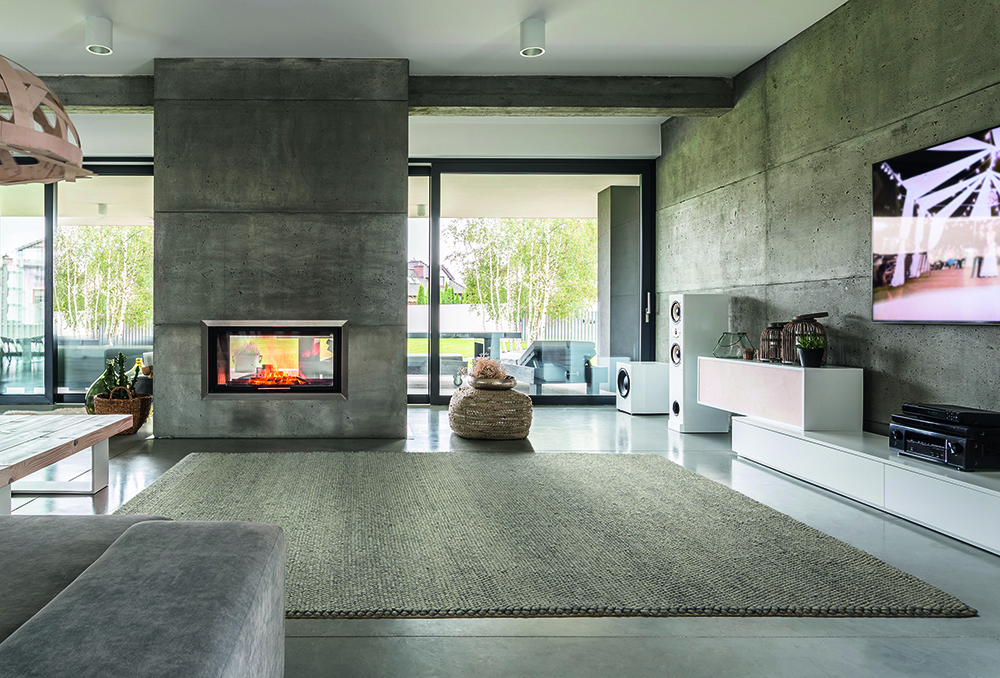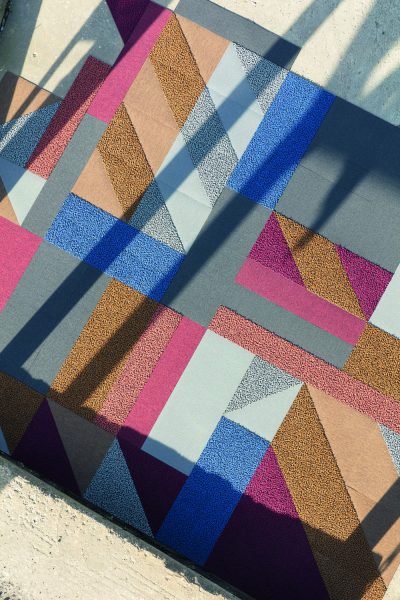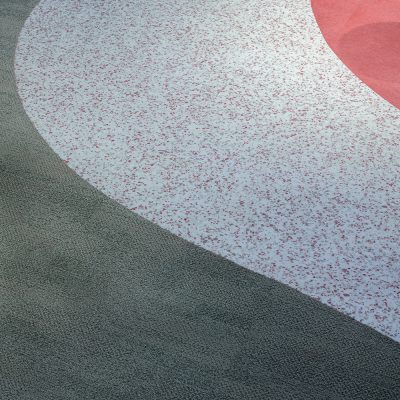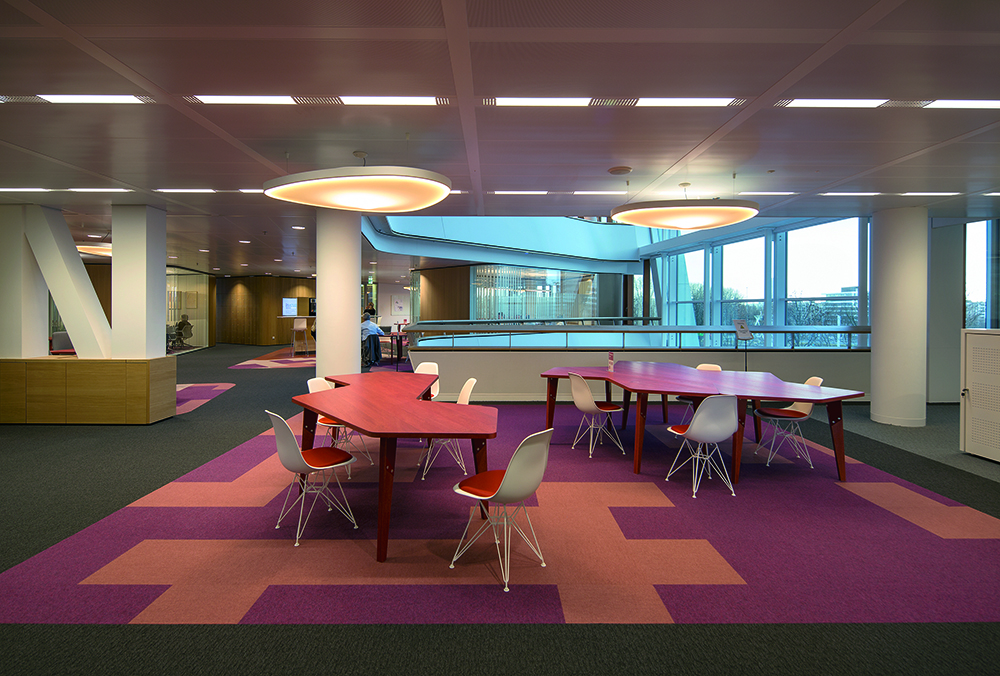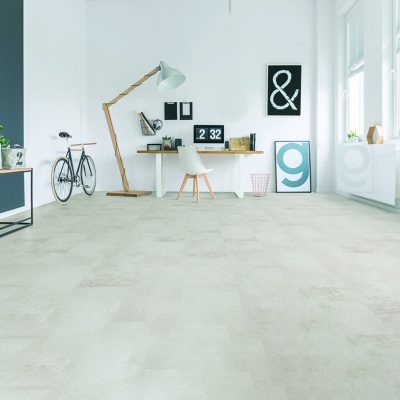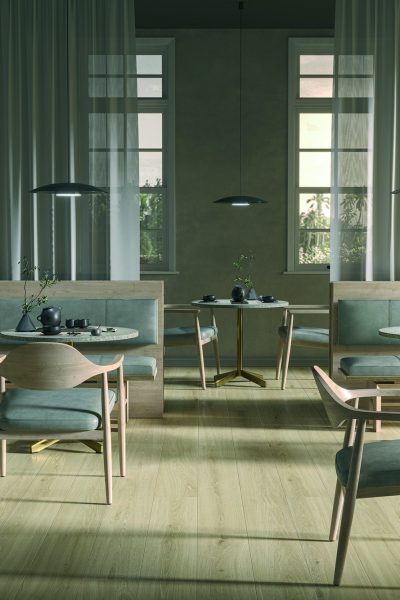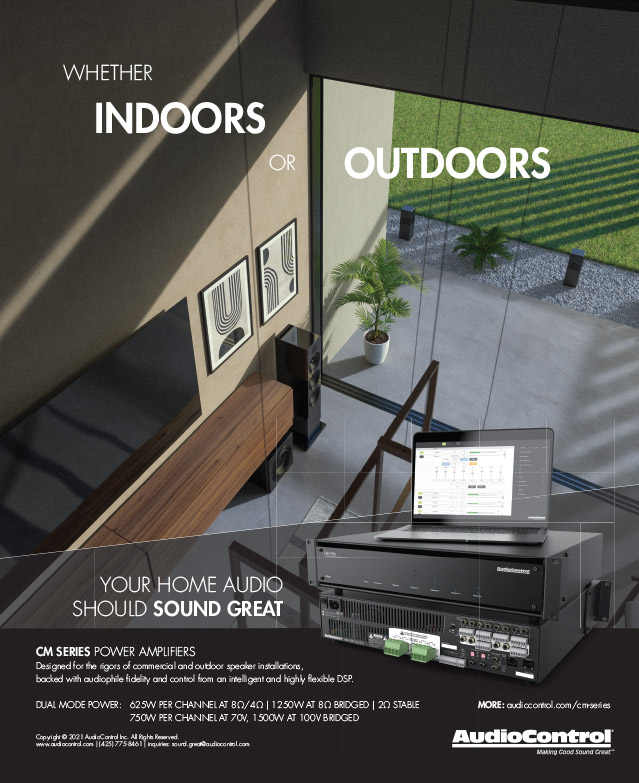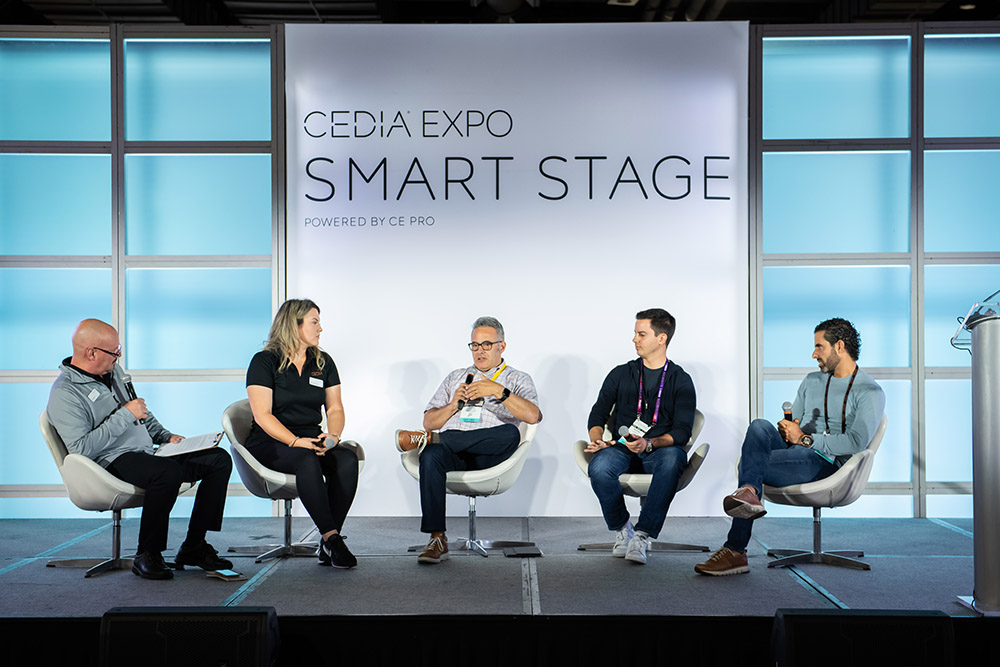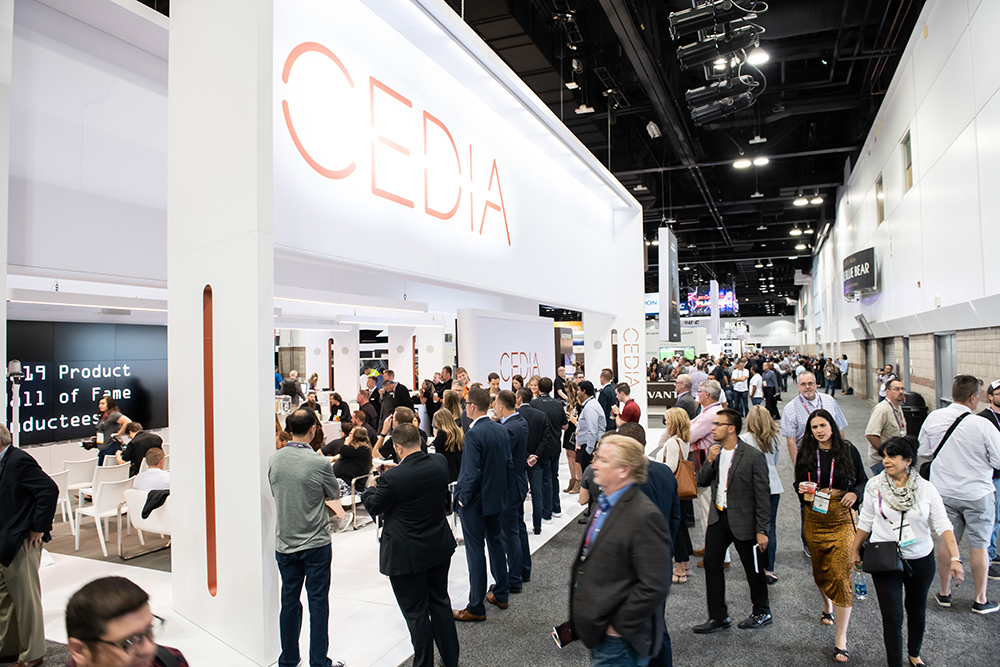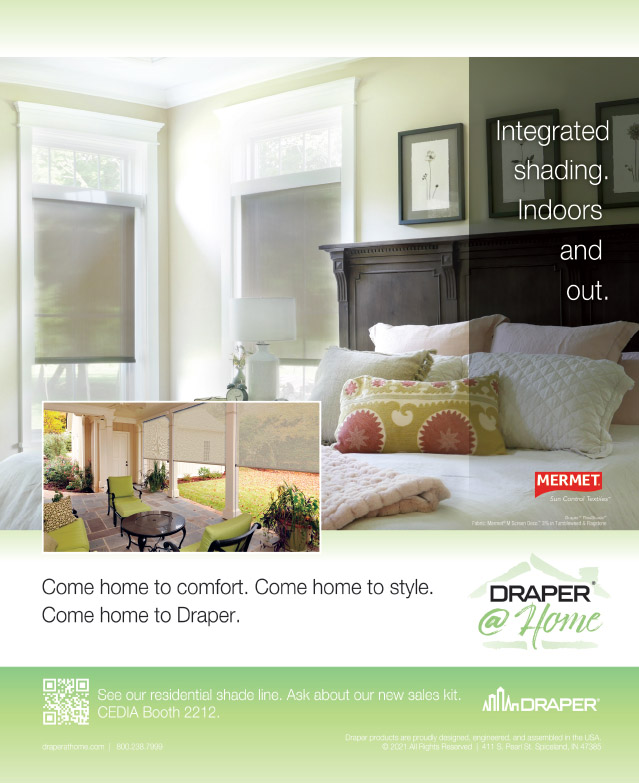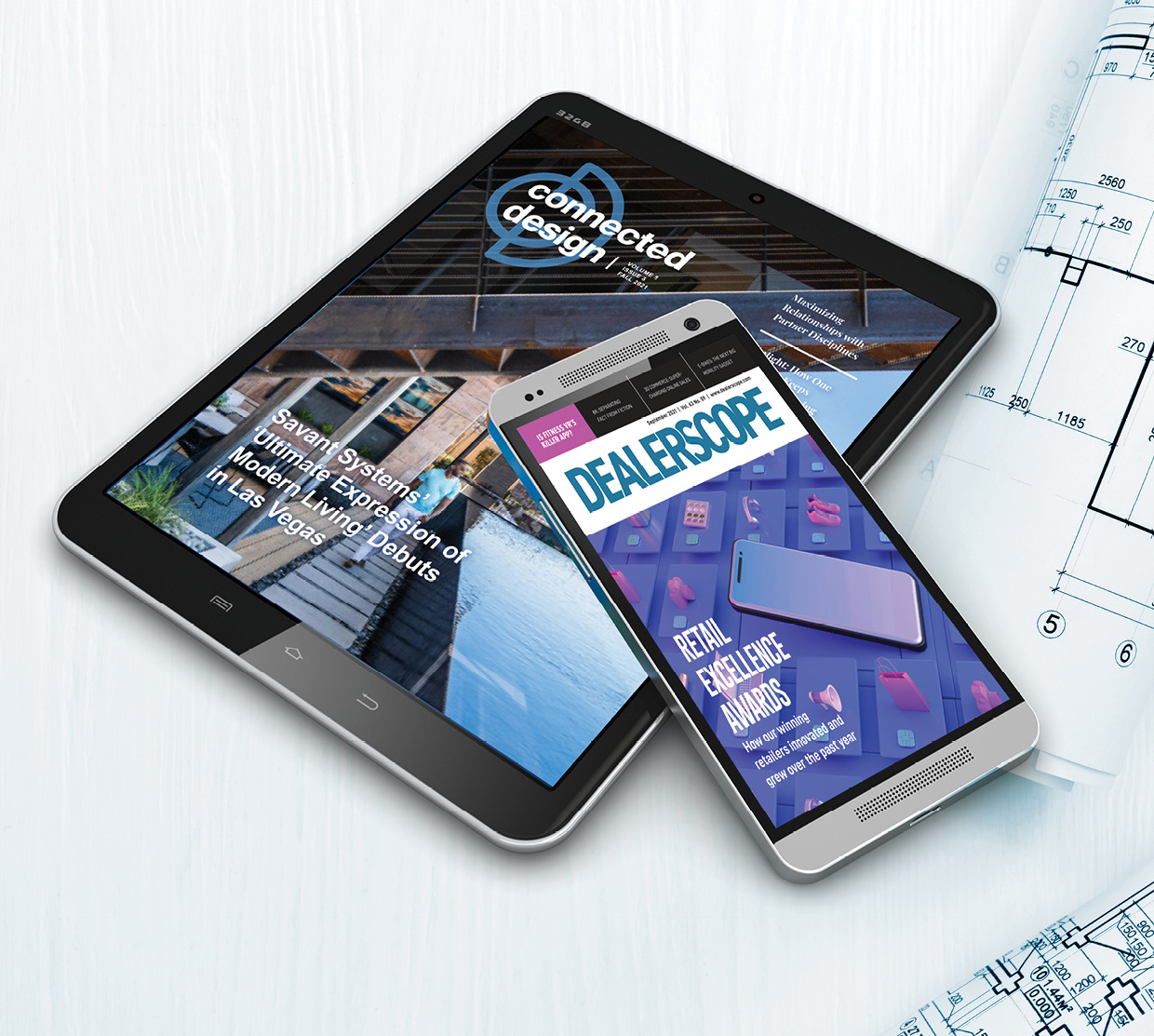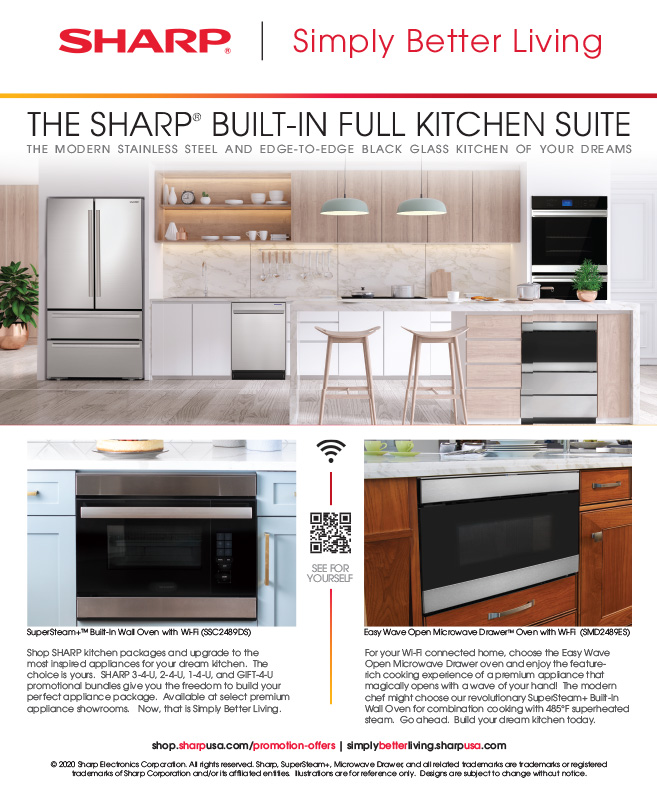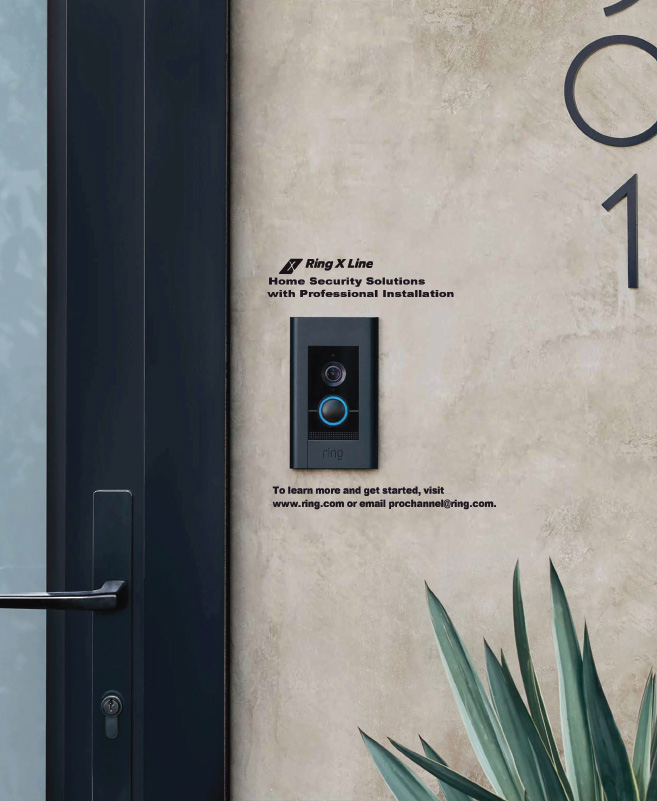Heath & Wellness at the Forefront
Vitrofsky was instrumental in introducing global wellness company Delos to home automation companies such as Crestron, Lutron and more. As such, he strives to introduce these technologies to prospective customers as well.
Delos “develops products, programs and solutions that transform environments into vehicles for health, well-being, performance and resilience.” The company pioneered the WELL Building Standard, which is now the global benchmark used to promote health and well-being in buildings.
“The purpose of this development was initially to look at commercial spaces and figure out how to make the environment in these spaces healthy for human beings, as we are inside 90 percent of time,” said Vitrofsky.
This eventually converged into the residential space. Delos also introduced the DARWIN Home Wellness Intelligence, a wellness intelligence solution that helps enhance energy, sleep and overall well-being, while reducing indoor contaminants through air, water, light, comfort and sound solutions.
“DARWIN’s purpose was to take algorithms and information from the research that they had done with the Mayo Clinic and other companies and put it into a box,” said Vitrofsky. “So that in the residential space, via sensors and other technologies, different environmental conditions, [involving water, air, light and comfort] are managed or monitored to optimize health and well-being inside a space.
“For me, owning HEDsouth and being involved in this wellness narrative, I was more interested in educating the [future owners] on this new technology.”
In private discussions, Vitrofsky demonstrated the possibilities available to each client, from the basic package to all the additional options. For example, each unit was equipped with a lighting control system from Lutron. With technology available from Lutron’s acquisition of Ketra, the solutions were boundless. From detecting circadian rhythm to changing tones to mimic the time of day to highlighting artwork the owner wishes to display, the demonstrations helped Vitrofsky showcase the possibilities of a connected home.
“During the demo, we did something called ‘Day in the Life,’ meaning that we showed them what the lights will do from the time you get up in the morning until the time you go to bed at night,” Vitrofsky explained.
To that end, Vitrofsky had the opportunity to talk about how lighting and circadian rhythm is related to quality of sleep, which plays a major role in health and well-being.
“Sleep is at the forefront of health and well-being,” Vitrofsky emphasized. “Everyone understands that if you don’t get a good night’s sleep, it’s going to affect your performance. The clientele purchasing these properties are performance-based people, or were at one point in their lives, so they understand the value of [this element].”
From there, the discussion would move to options such as audio/video, motorized shades and control technology — all customized for each owner.
“The builder gave me carte blanche to design the engineering; he knew that we were the experts in this field,” said Vitrofsky. “We were brought in as a team player to handle the subsystems. We always look at network first, which is the foundation — the digital plumbing of the house. It’s very important that we lay the foundation for connectivity to be as good as possible. We use enterprise-grade solutions. If the people that are buying these units are business-oriented people, their livelihoods are based upon being connected.”
The ‘Human Aspect’
Having grown his business from home entertainment to now home automation and wellness, Vitrofsky’s focus for his business has shifted and is evident in this expansive project.
“I wanted to share how these homeowners could embrace the latest technology to enhance the quality of their lives when they’re at home,” he said. “This was an ideal larger project where we could talk to clients about the benefits of clean water, air and light, and how we could deliver a passive solution for them. A system where they don’t even have to think about it yet can enjoy newfound wellness every day.
“So that was what I saw as an opportunity—to be in front of 30-plus successful people that had the means and ability of having this in their lives and exposing them to it,” said Vitrofsky. “That was what I got more pleasure out of than anything.”


